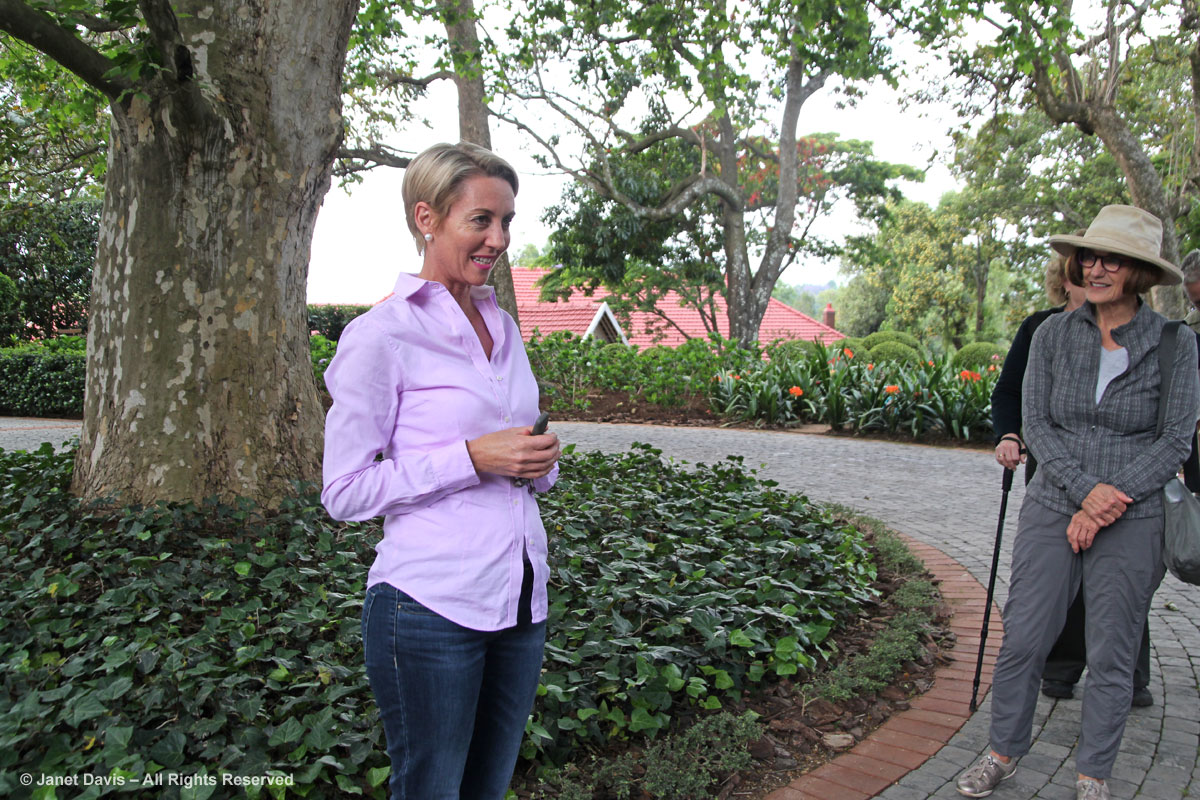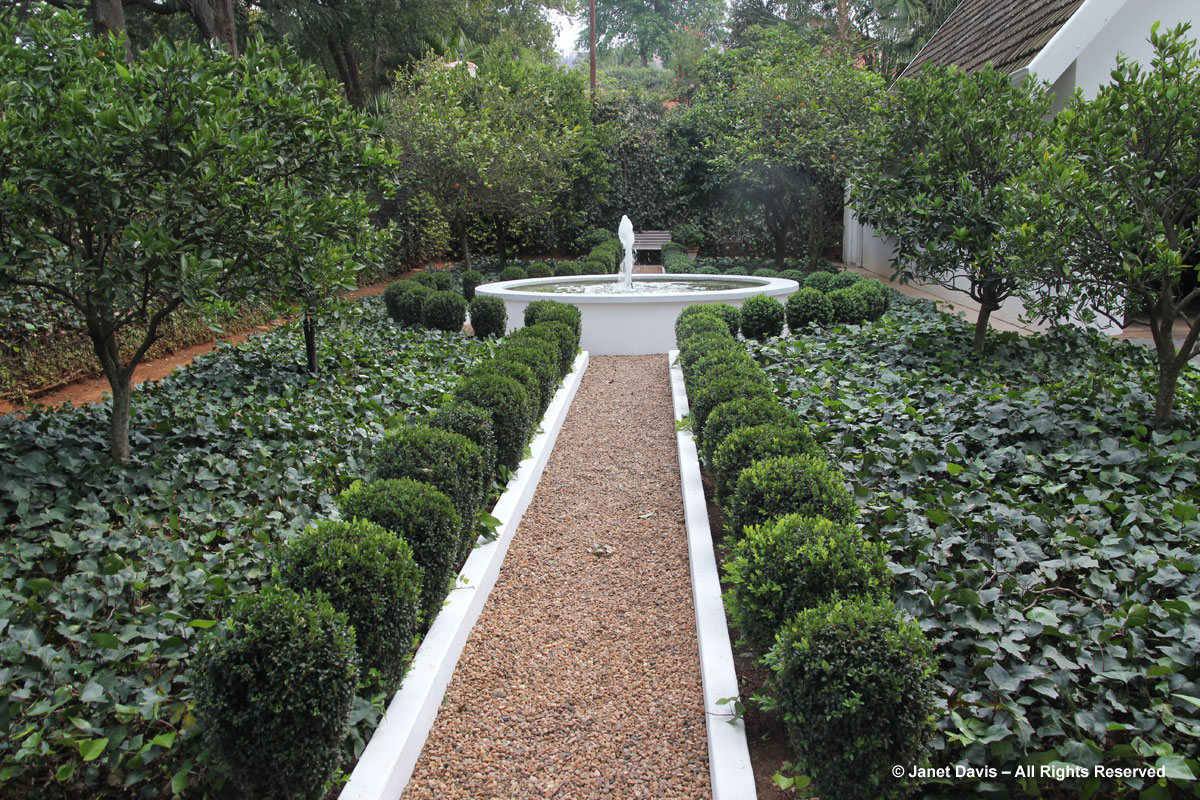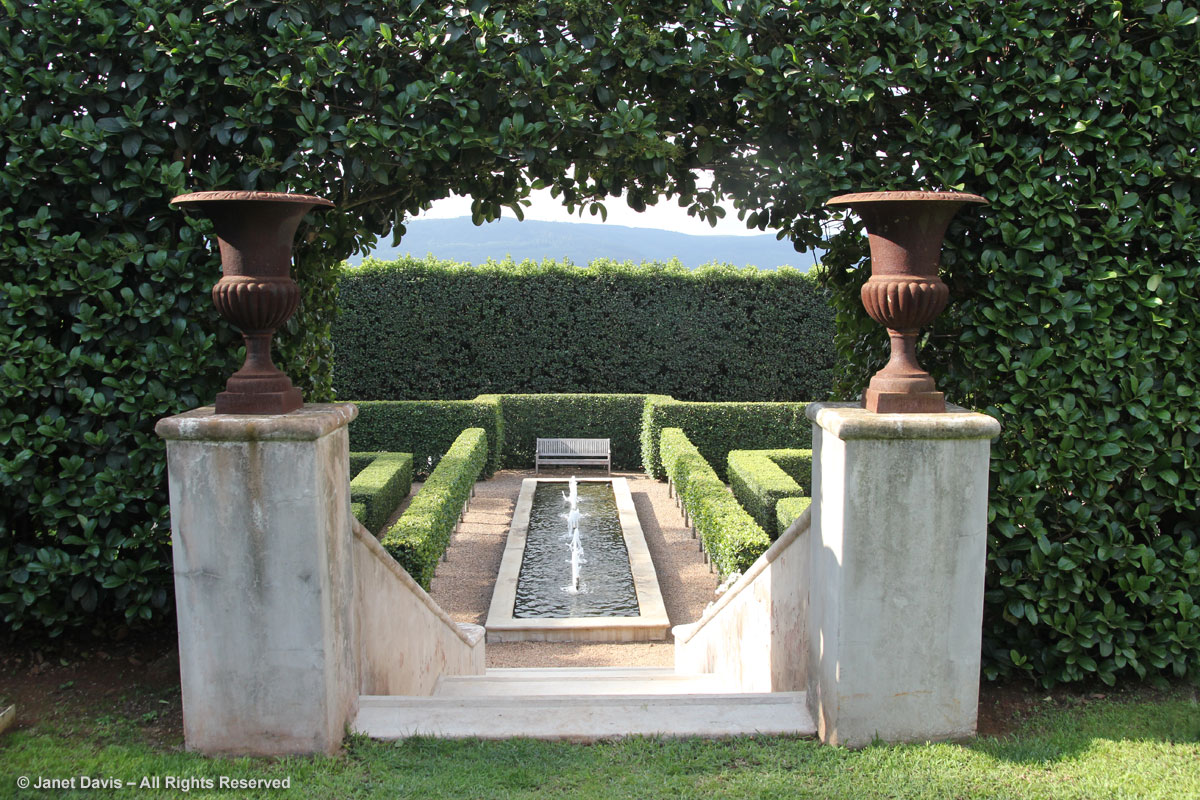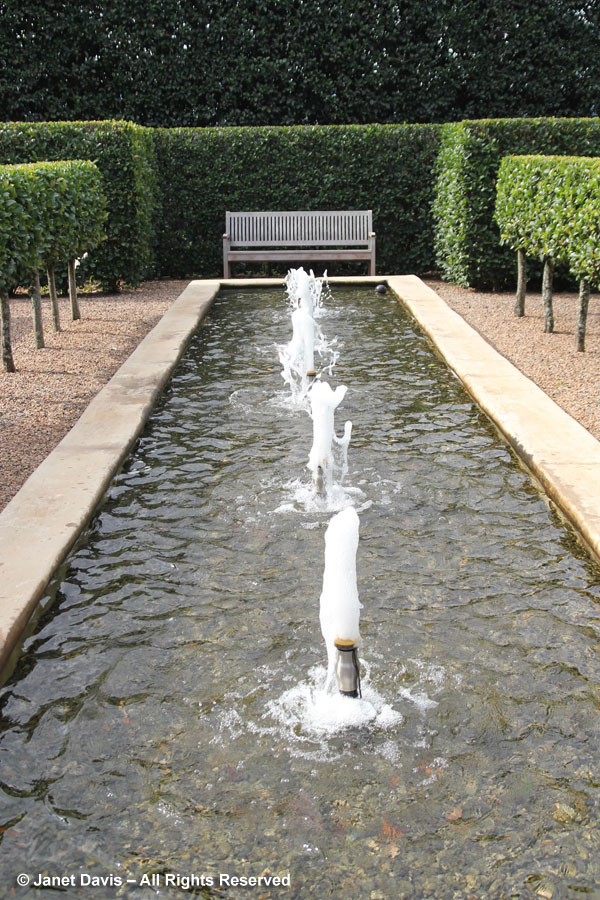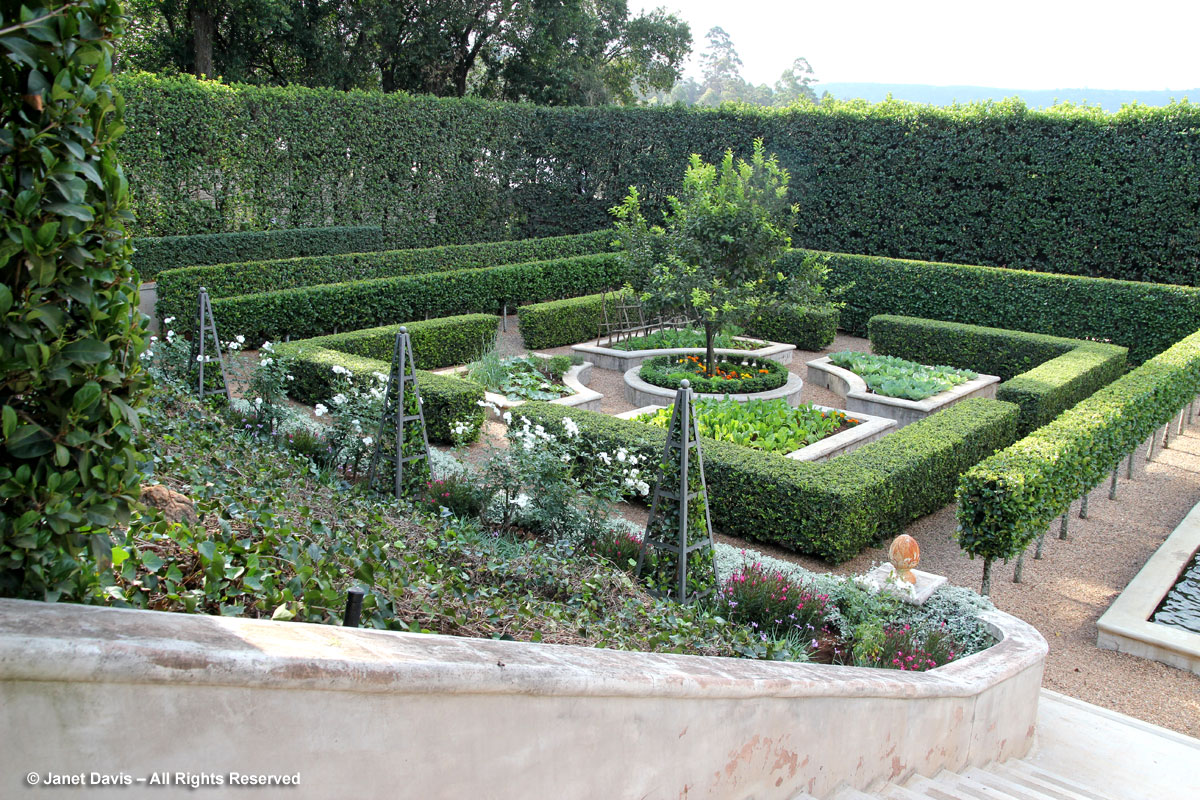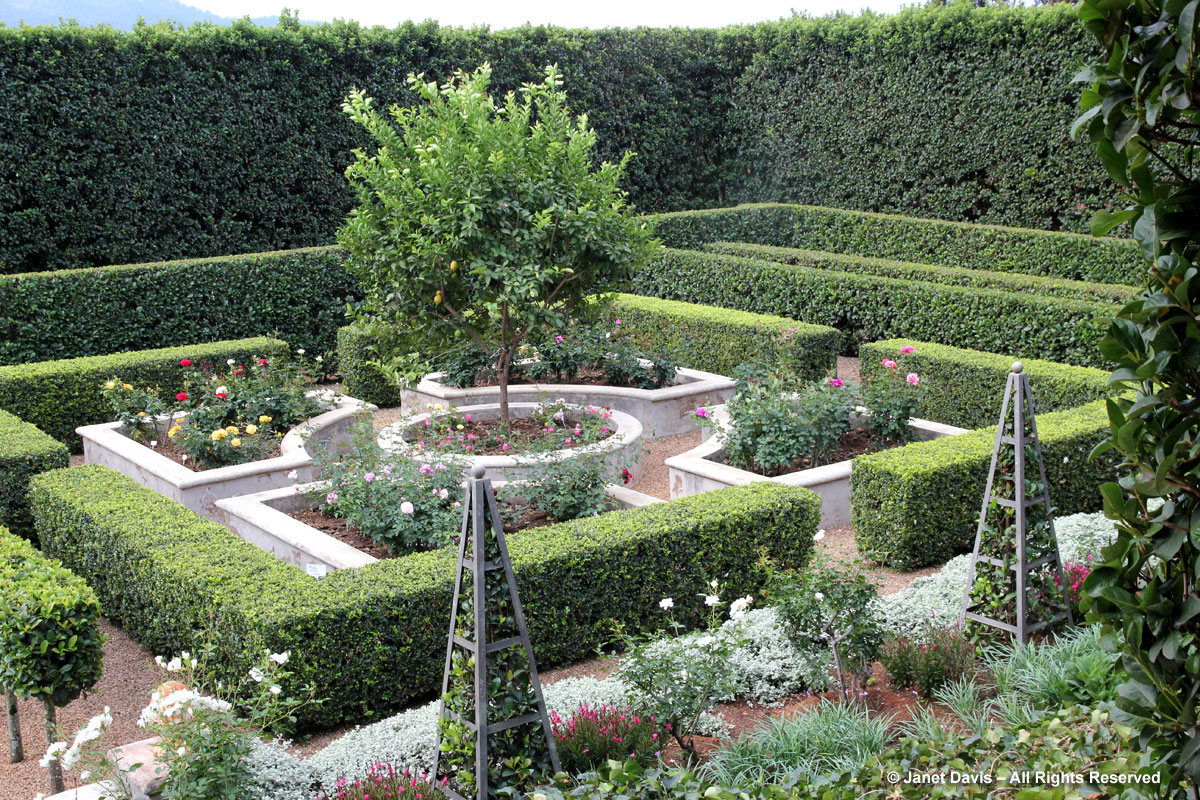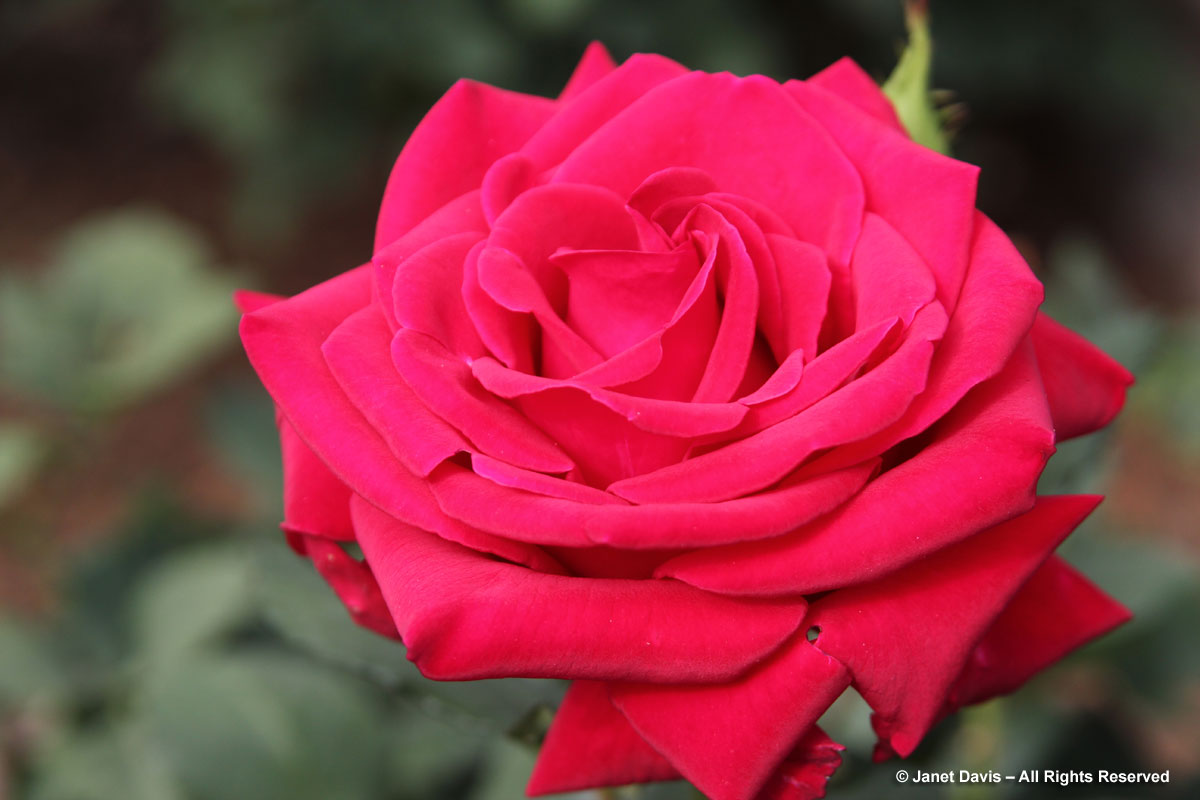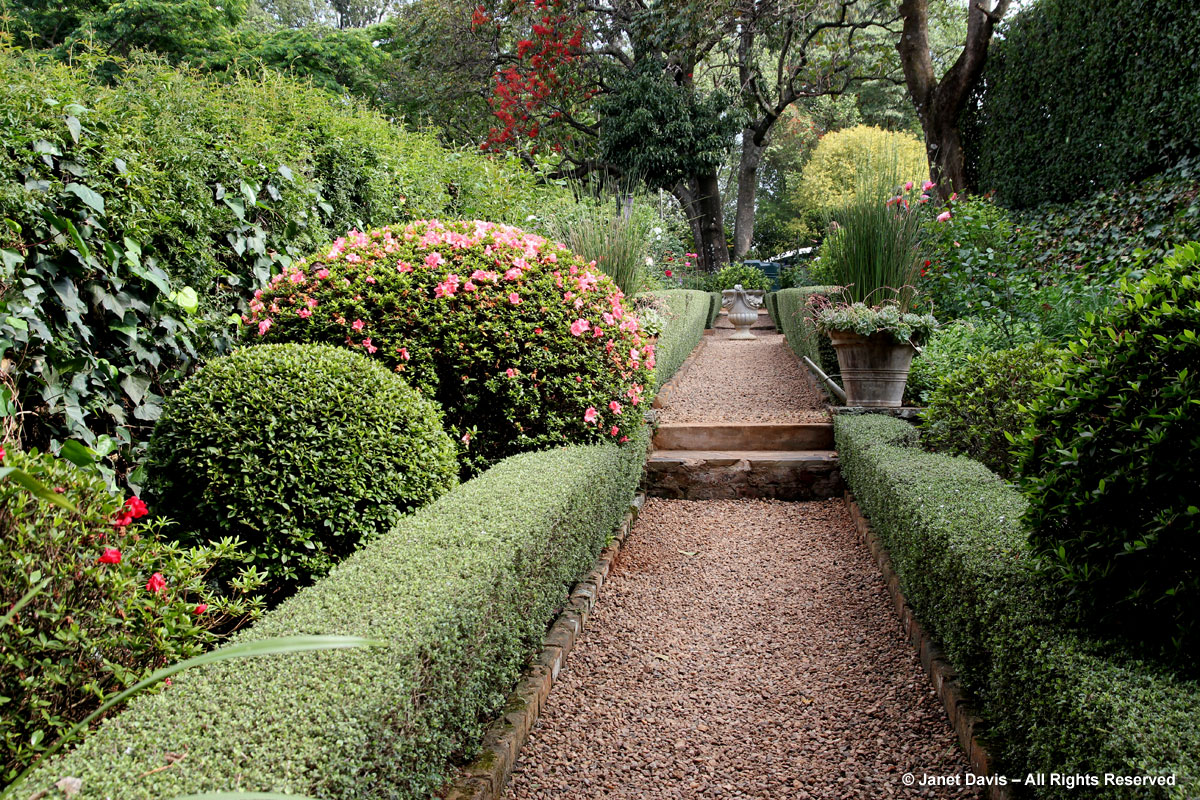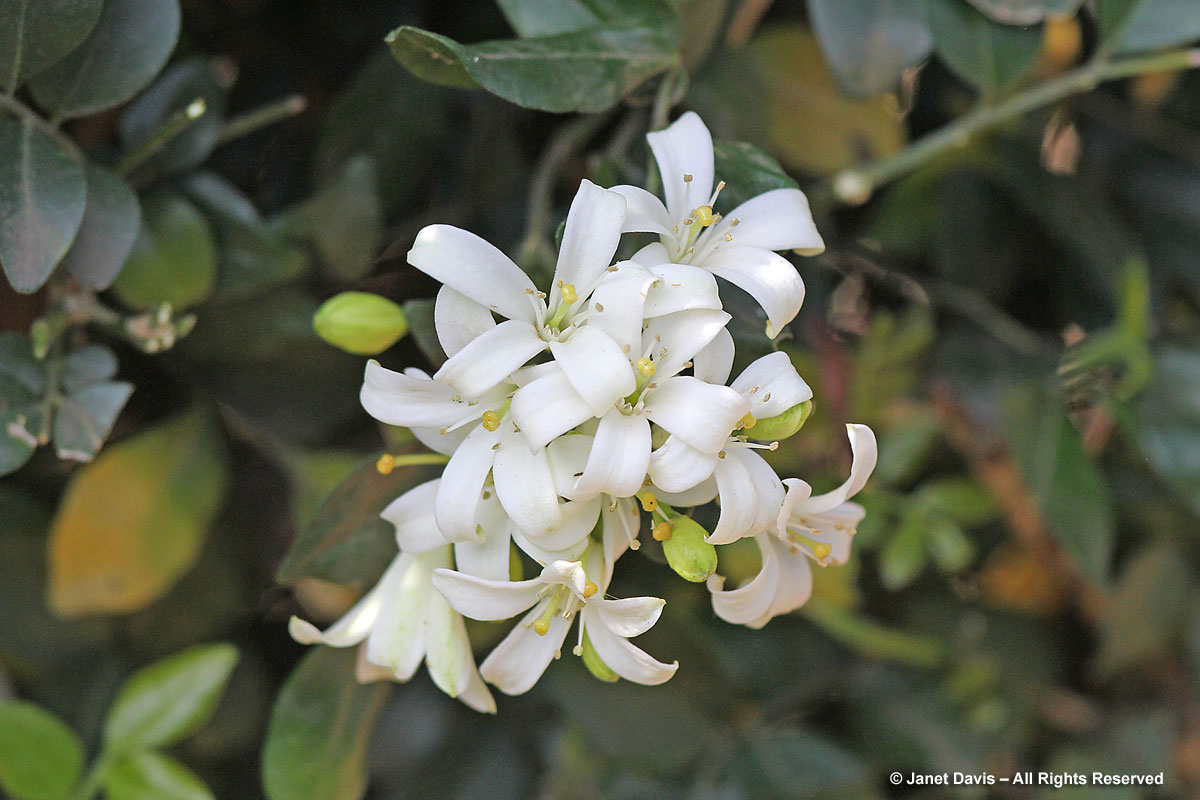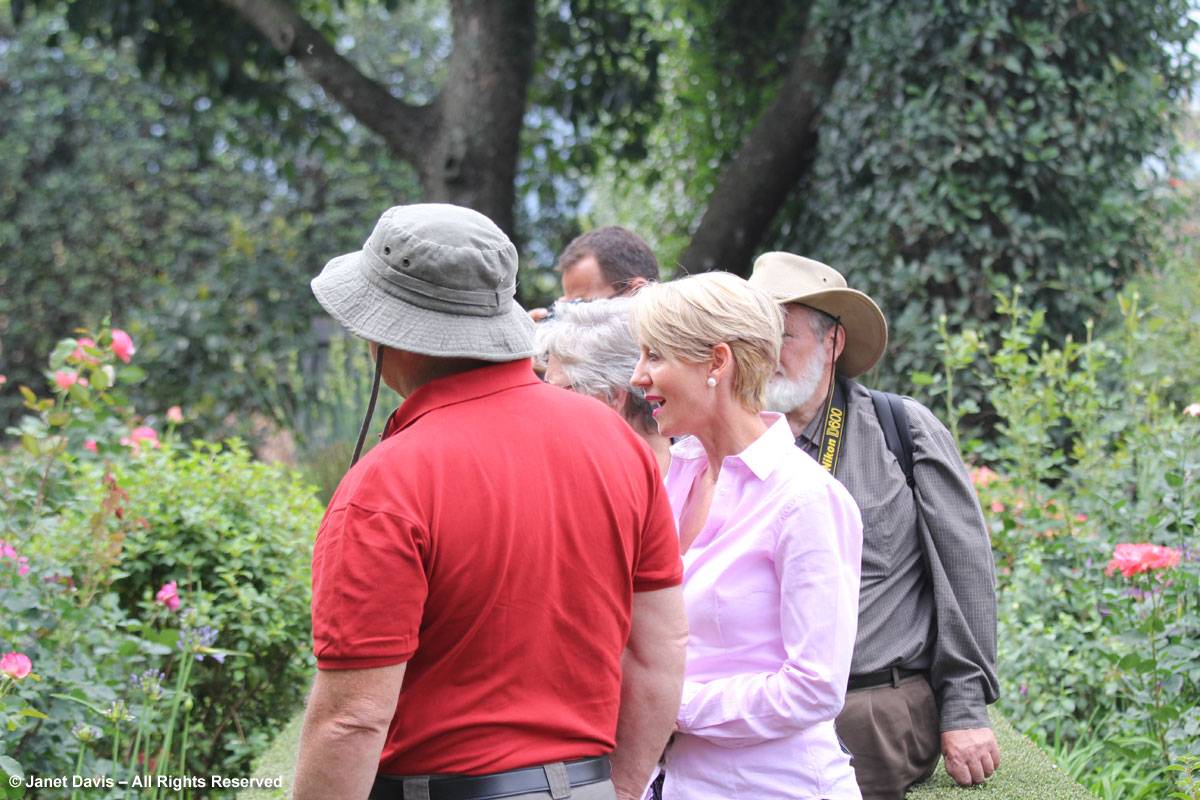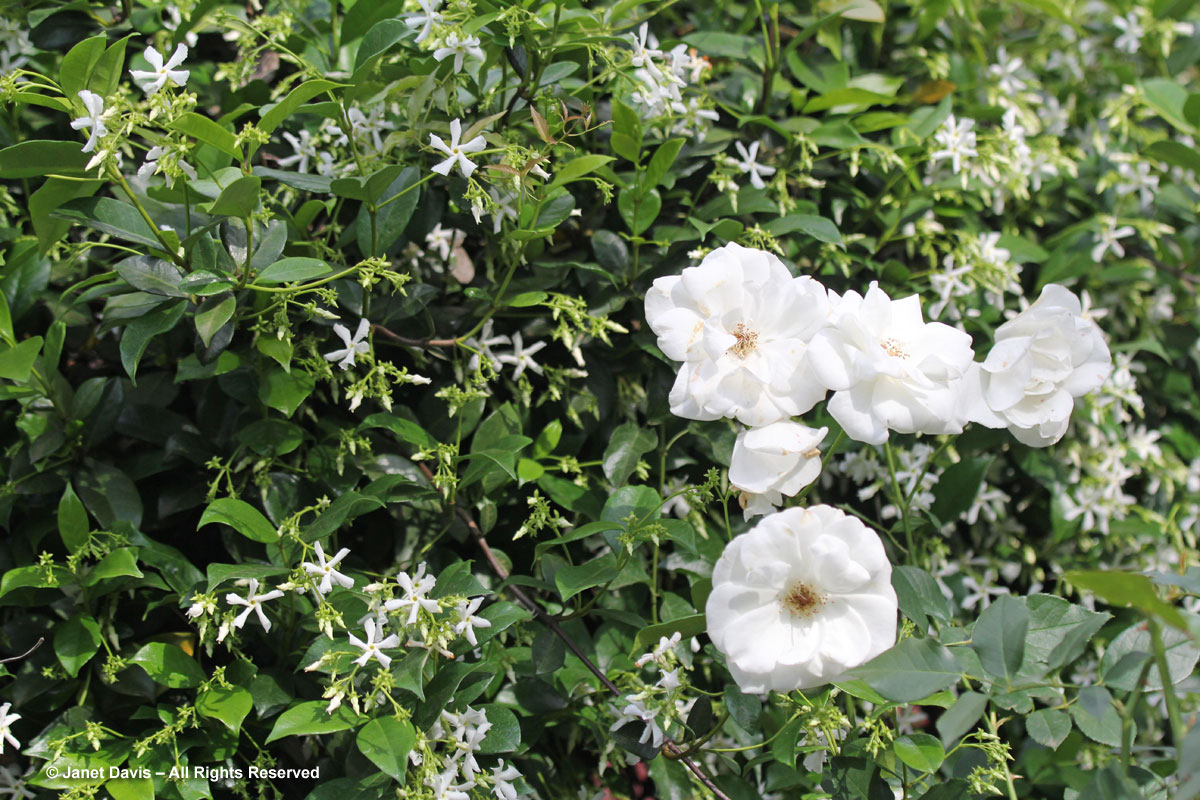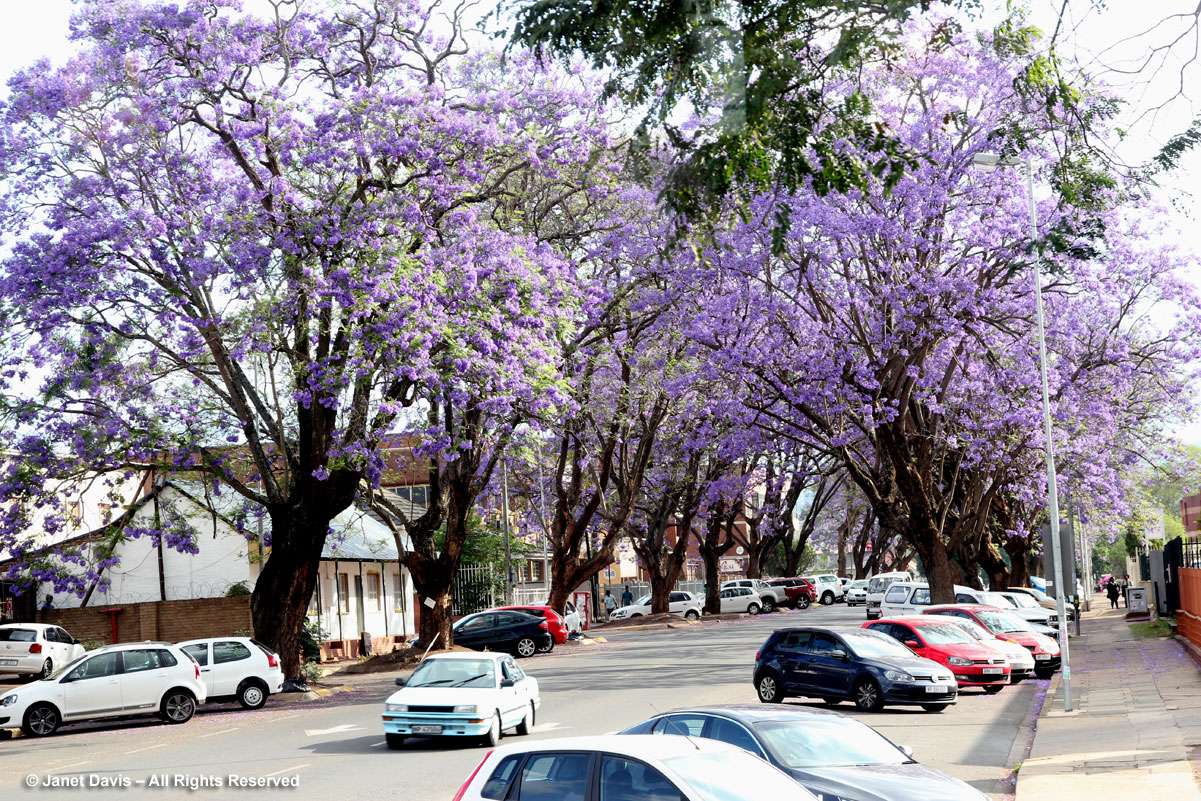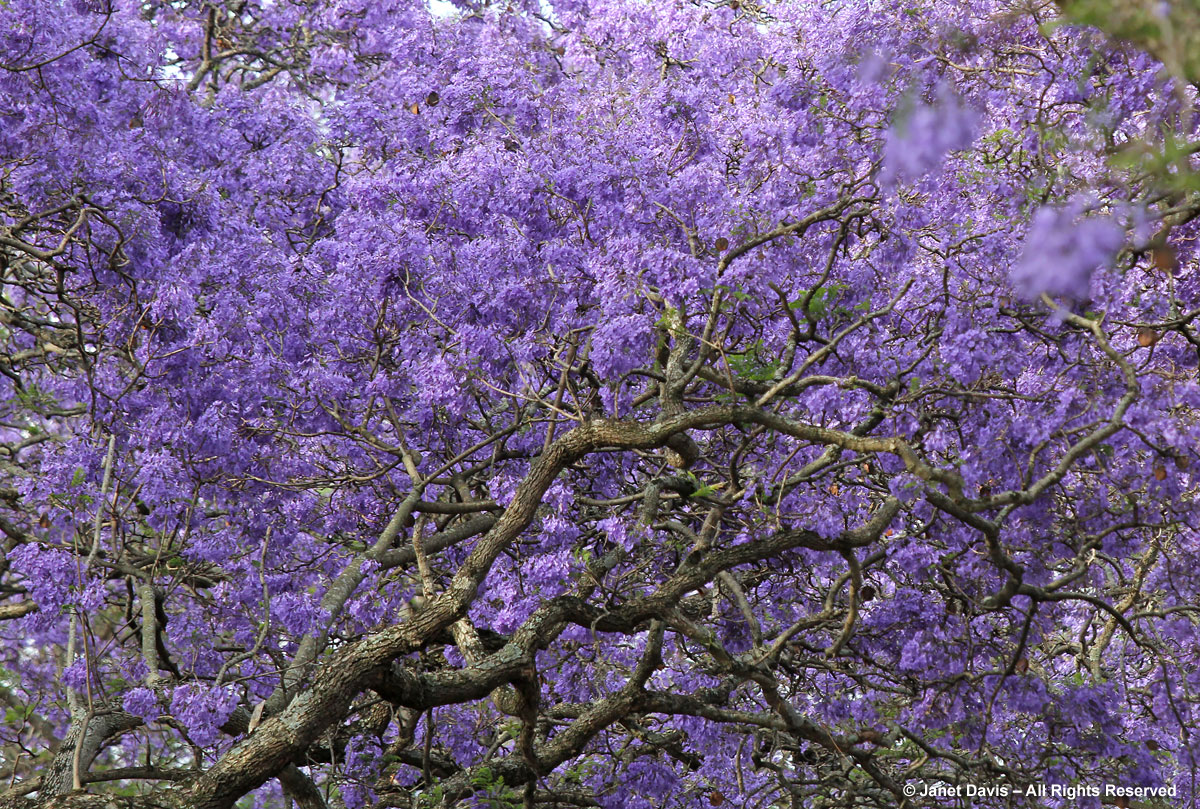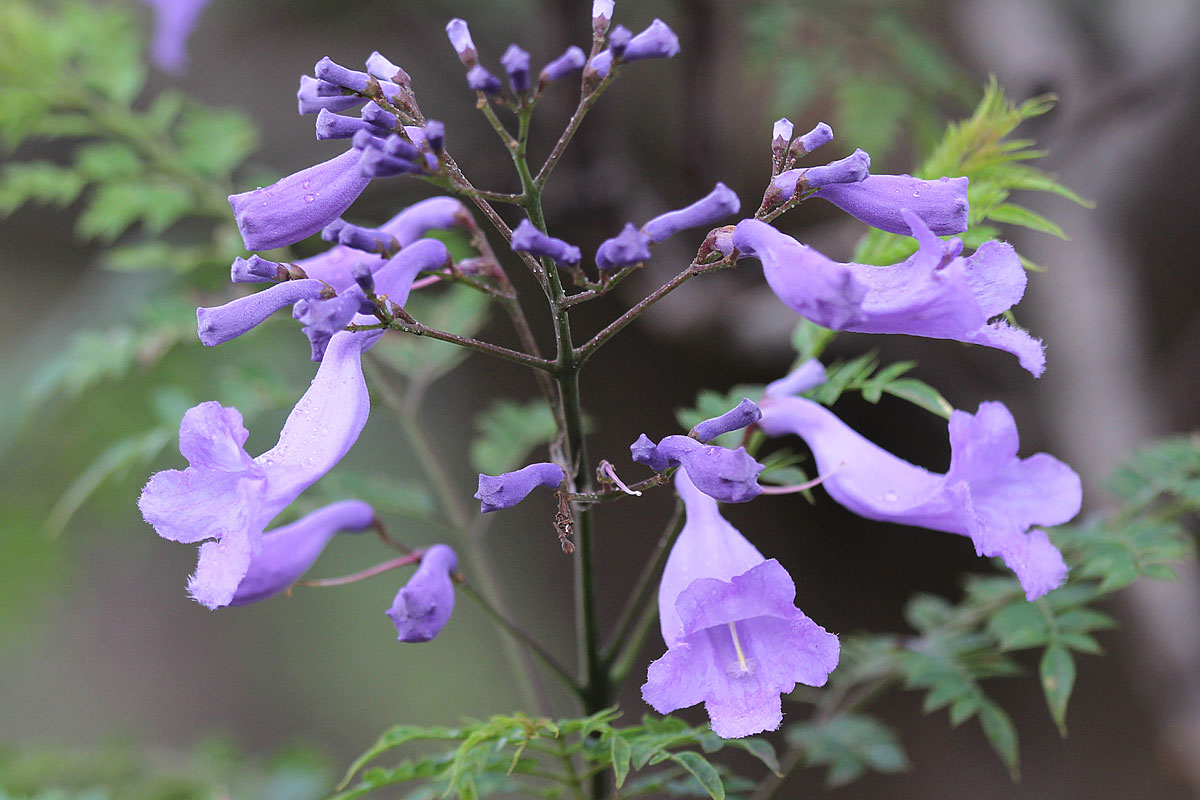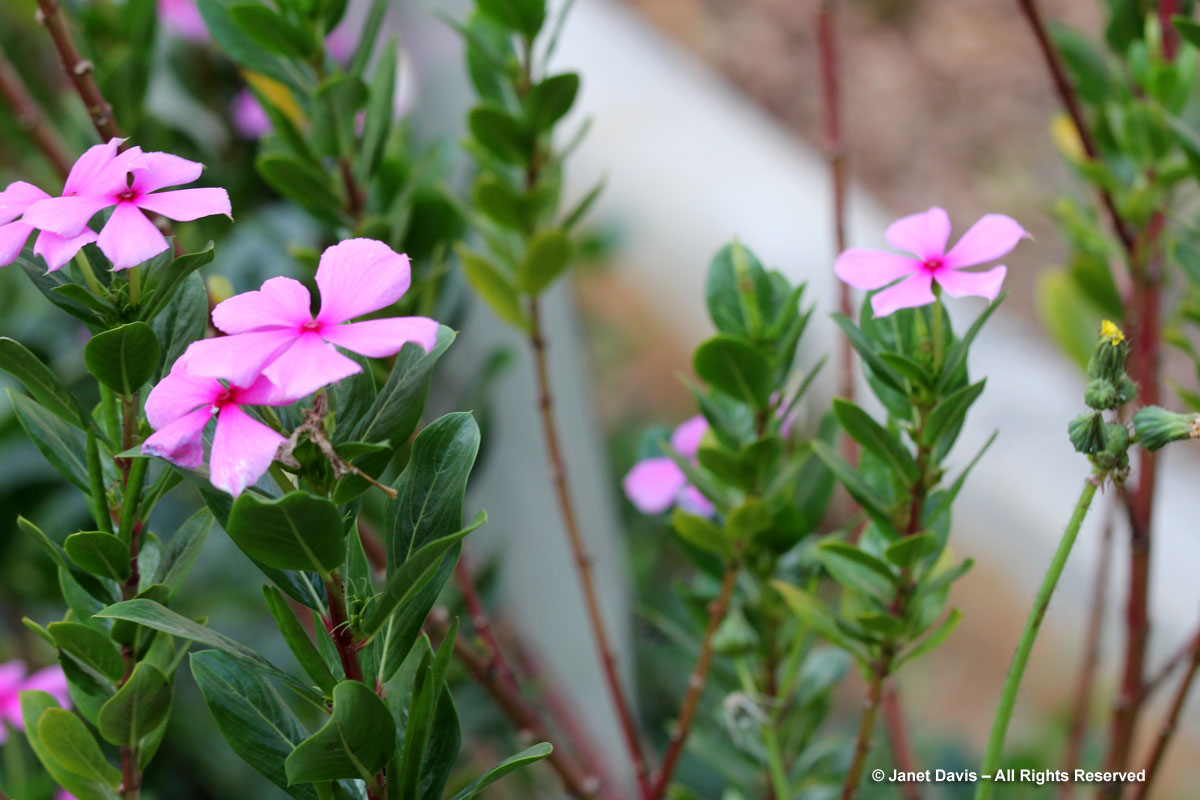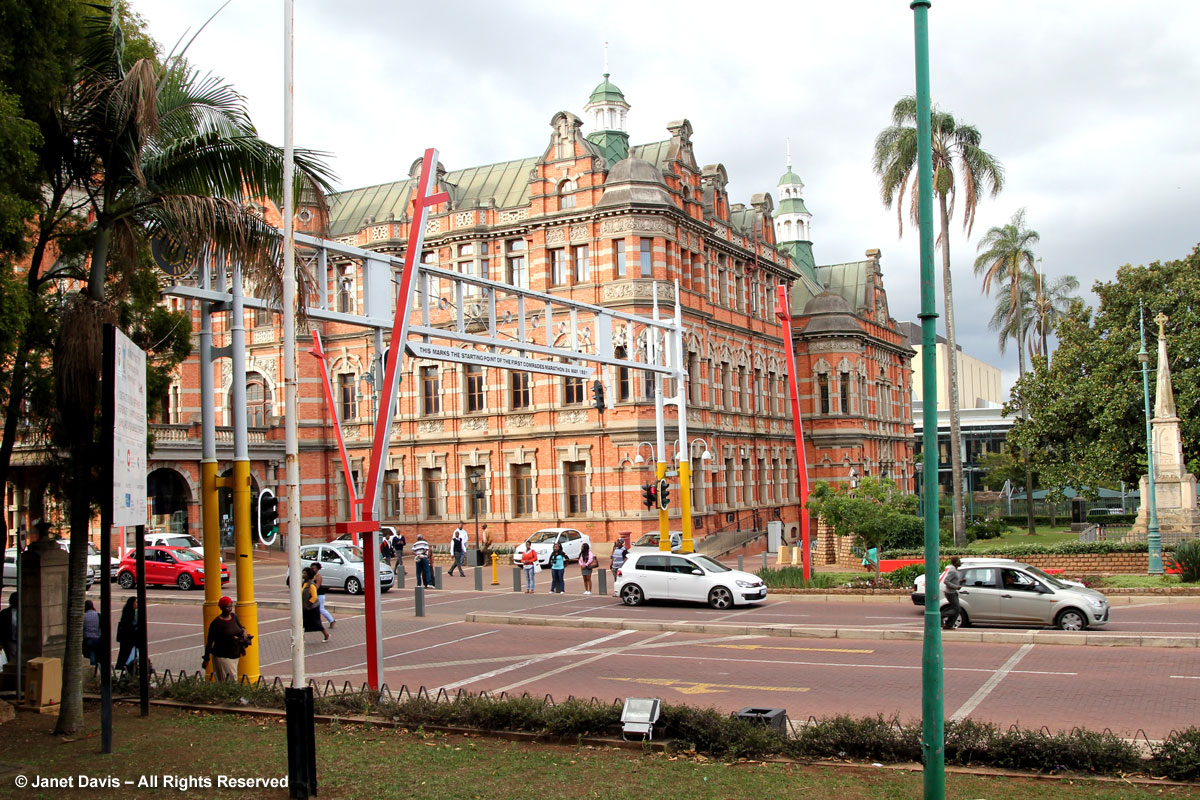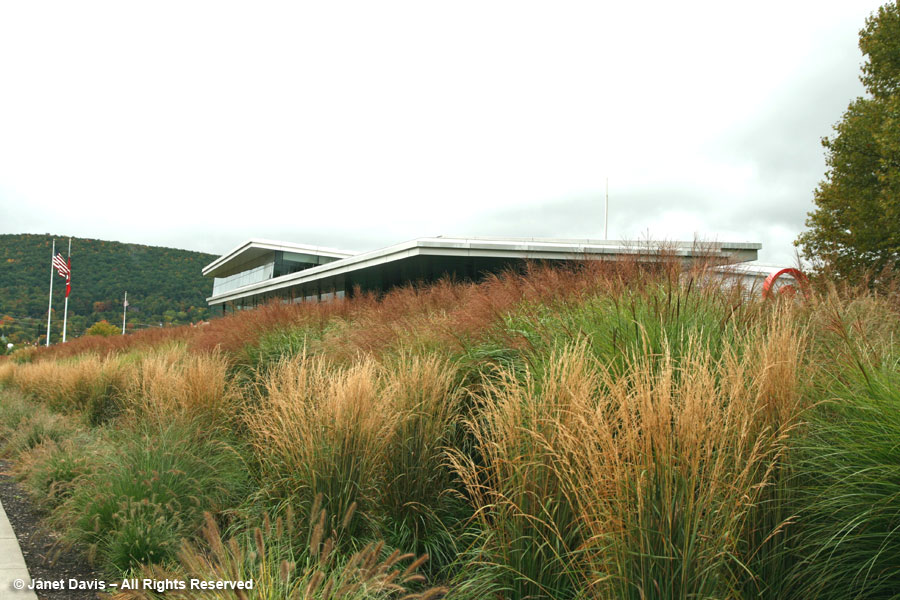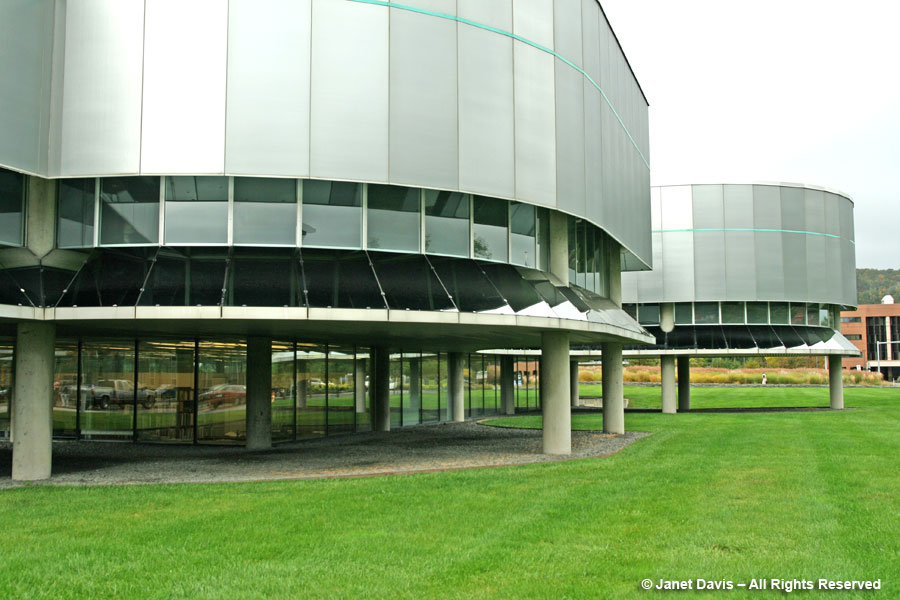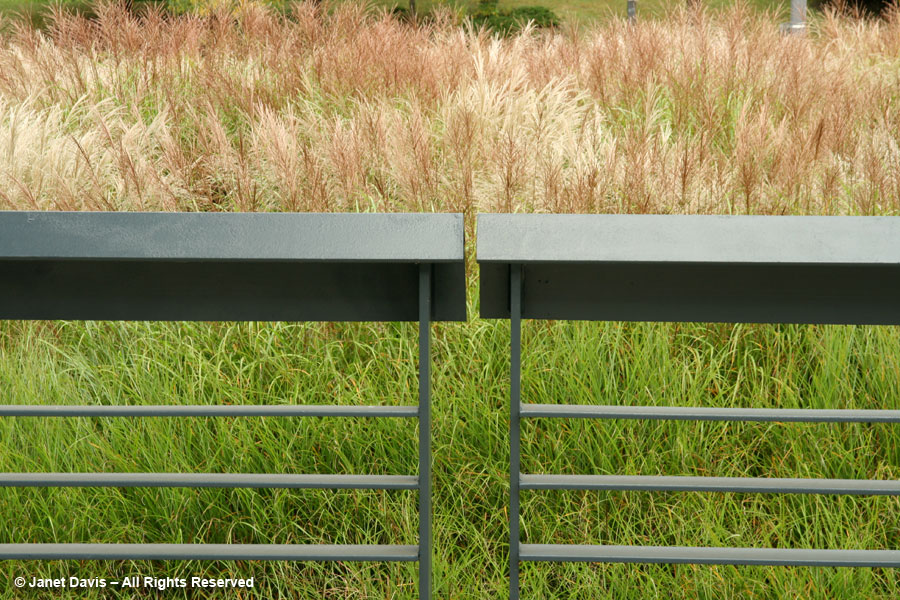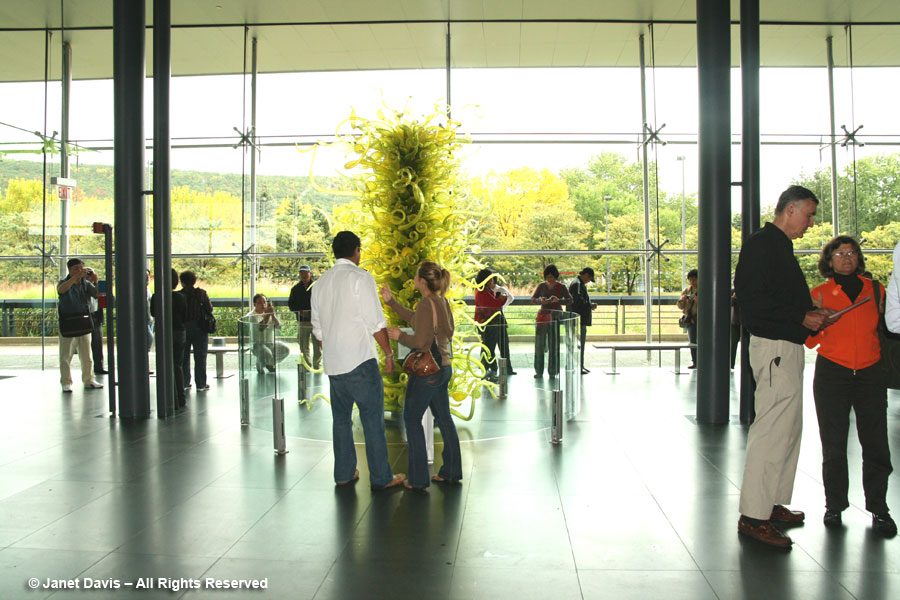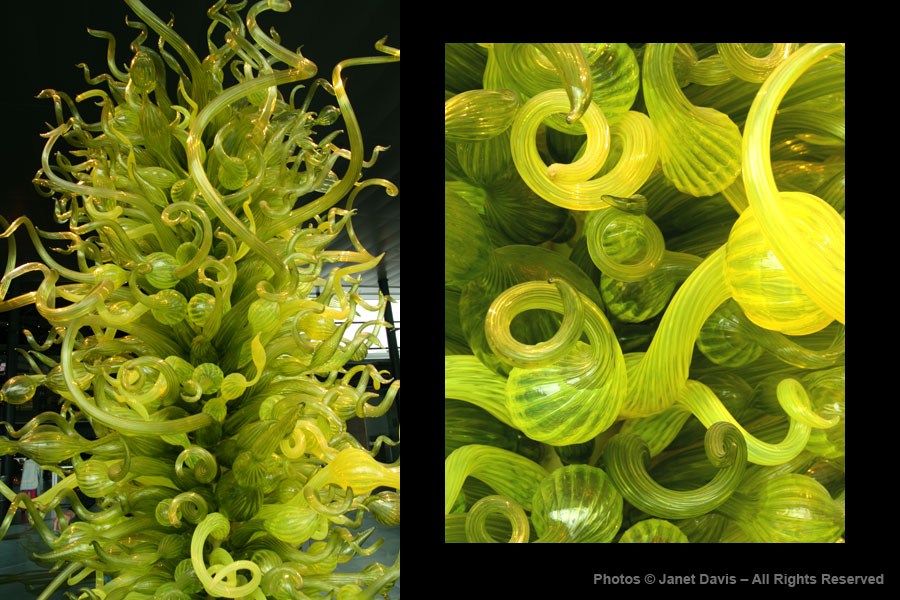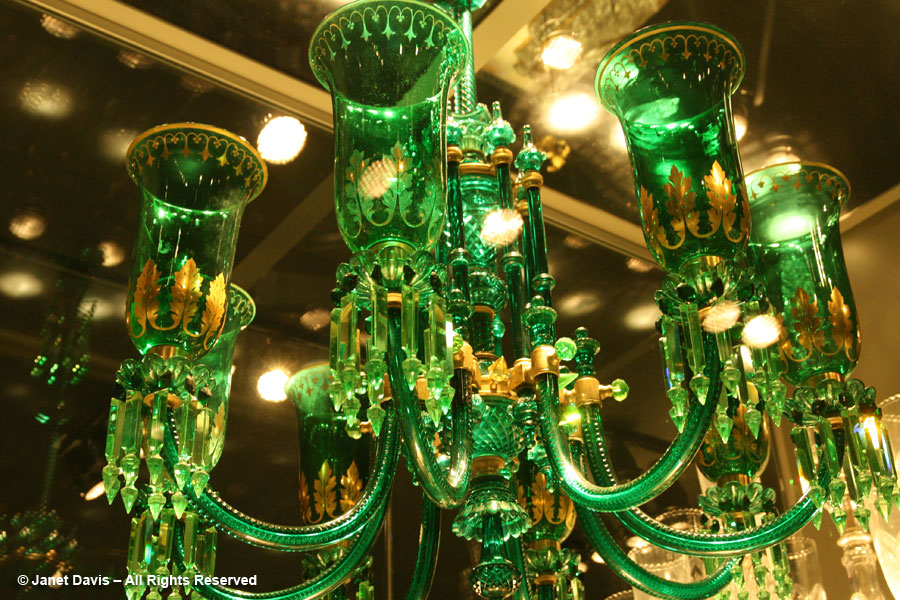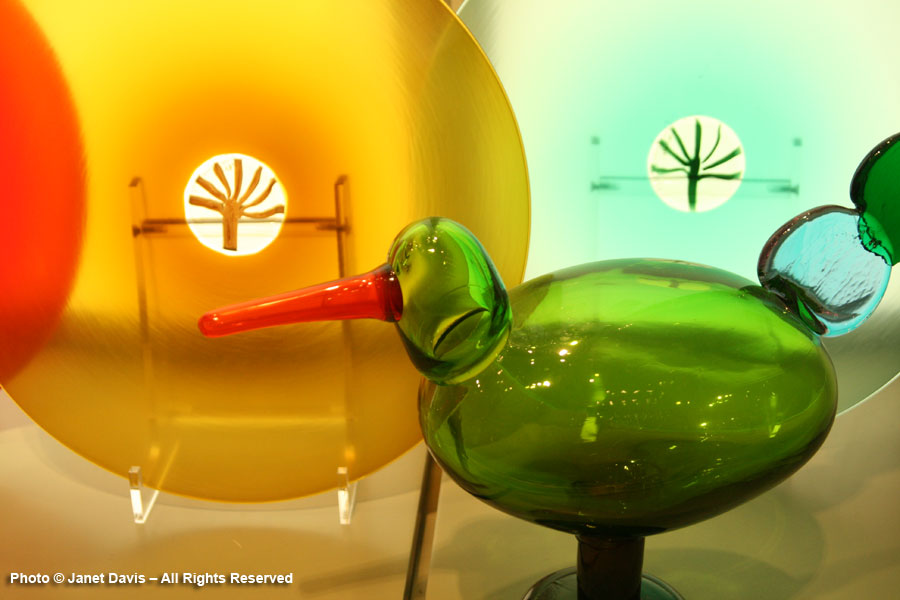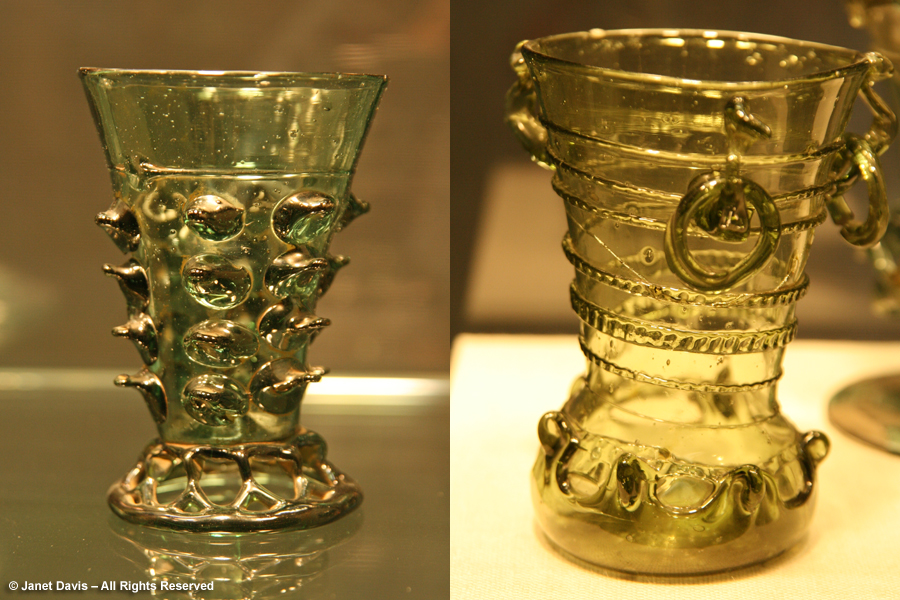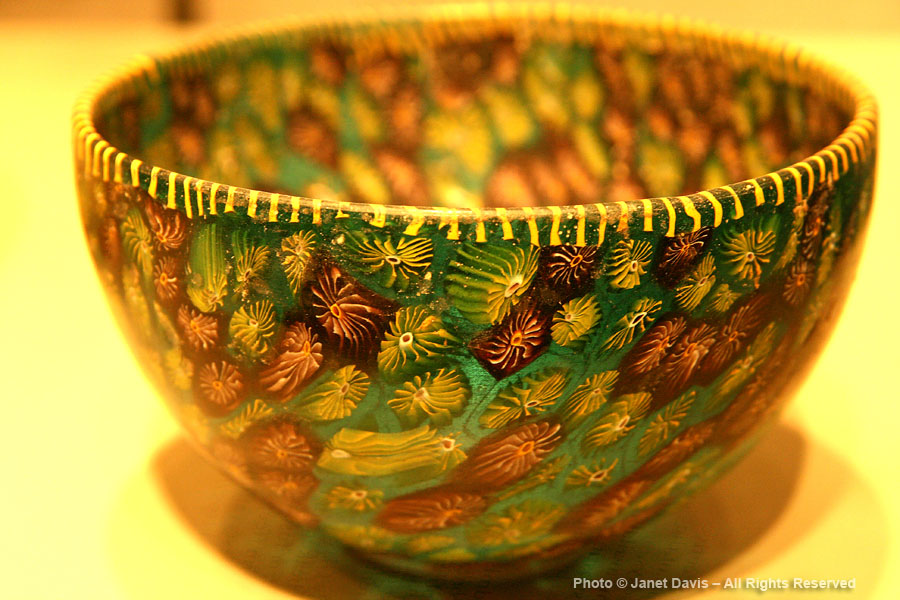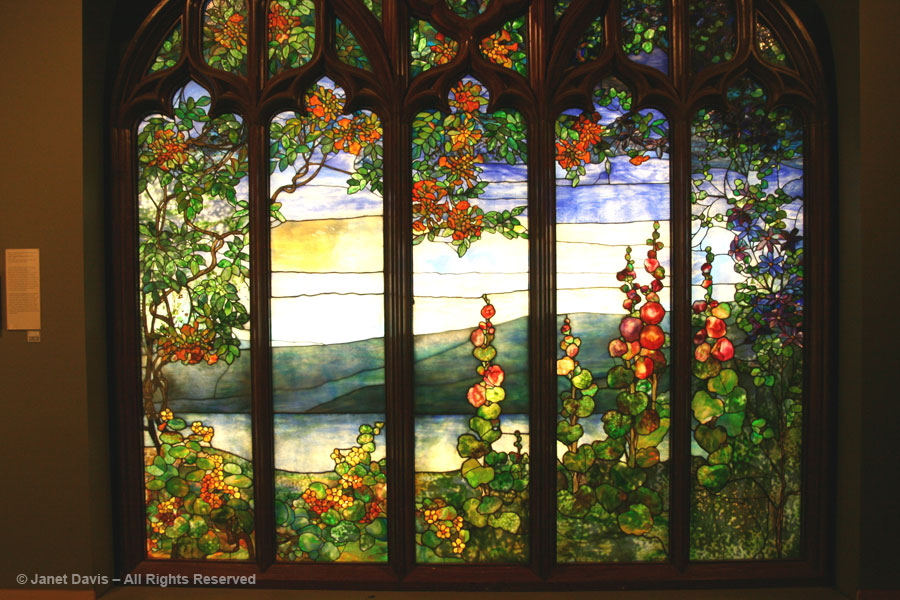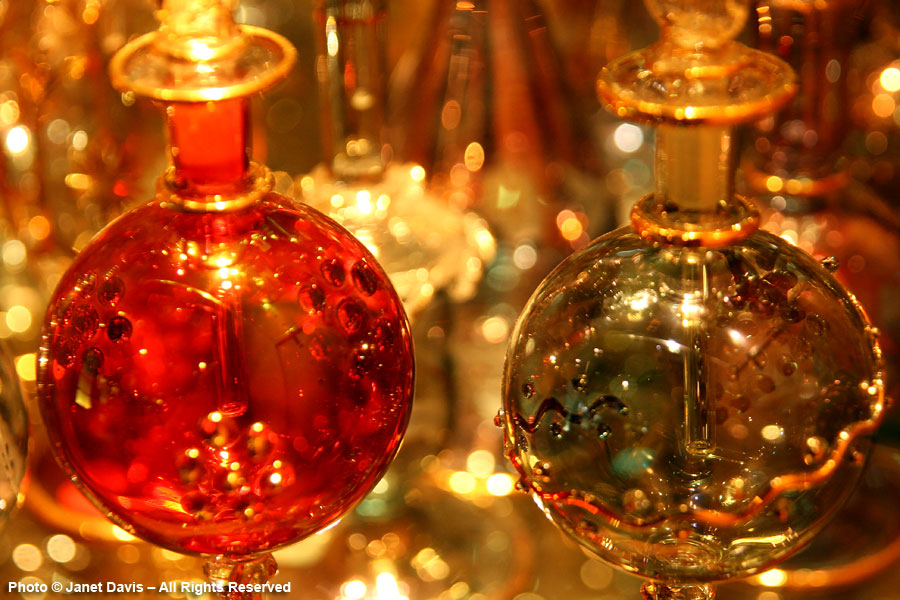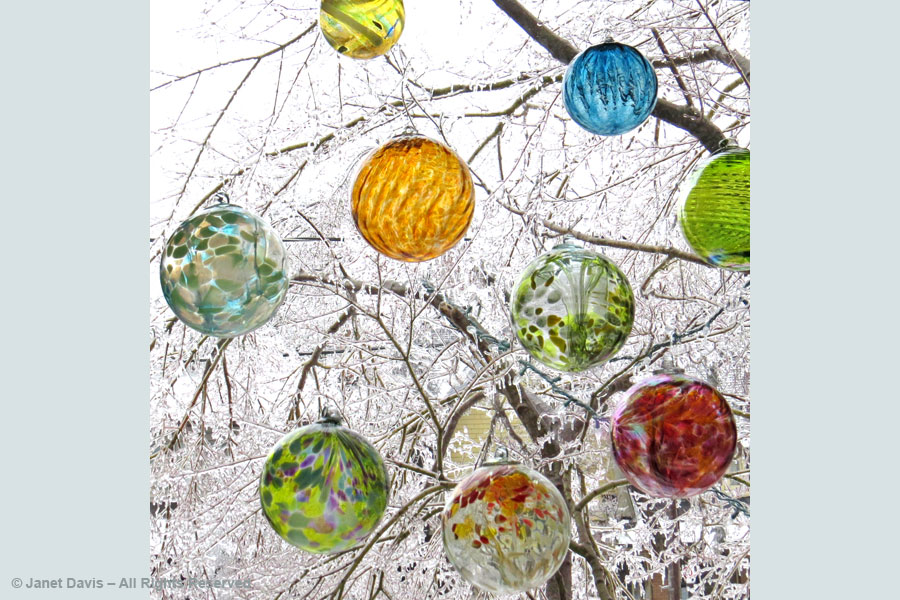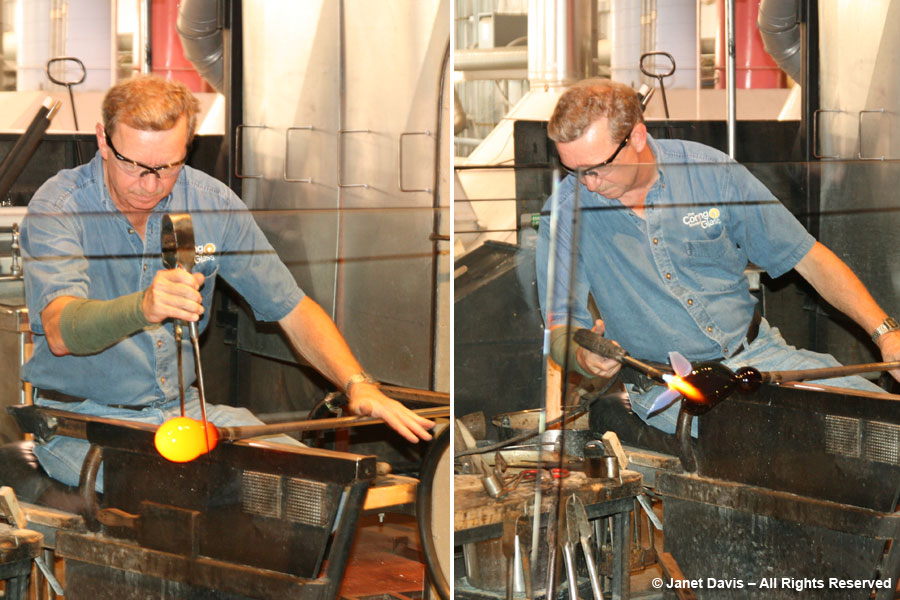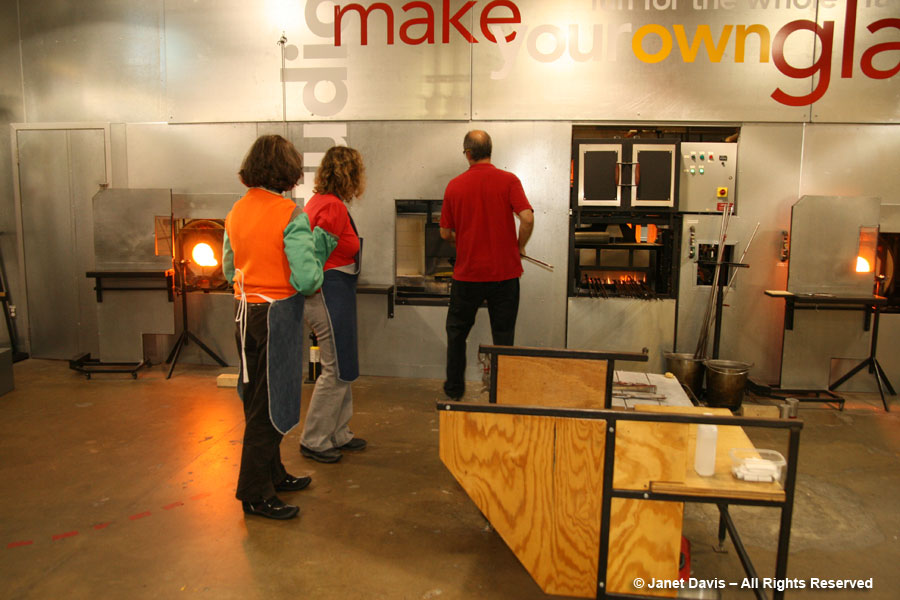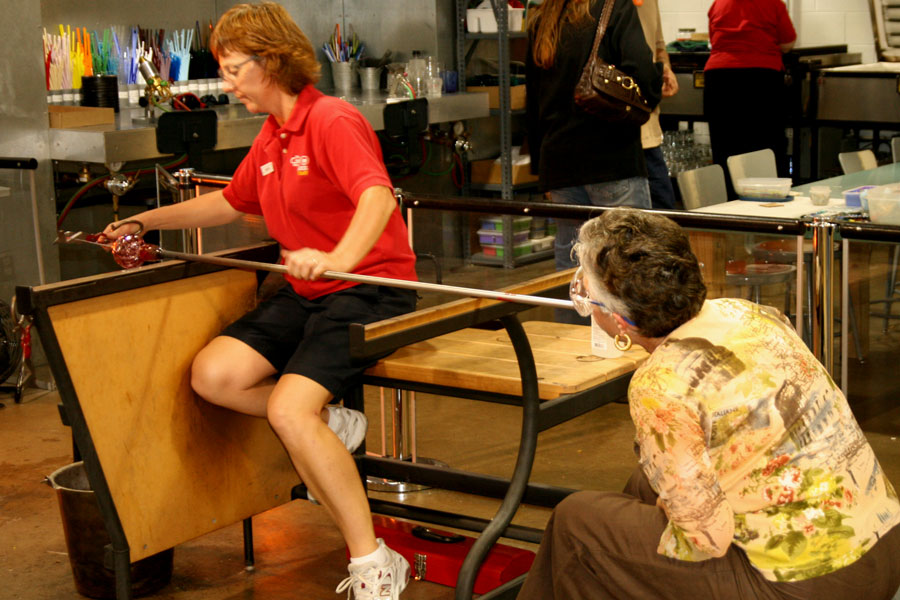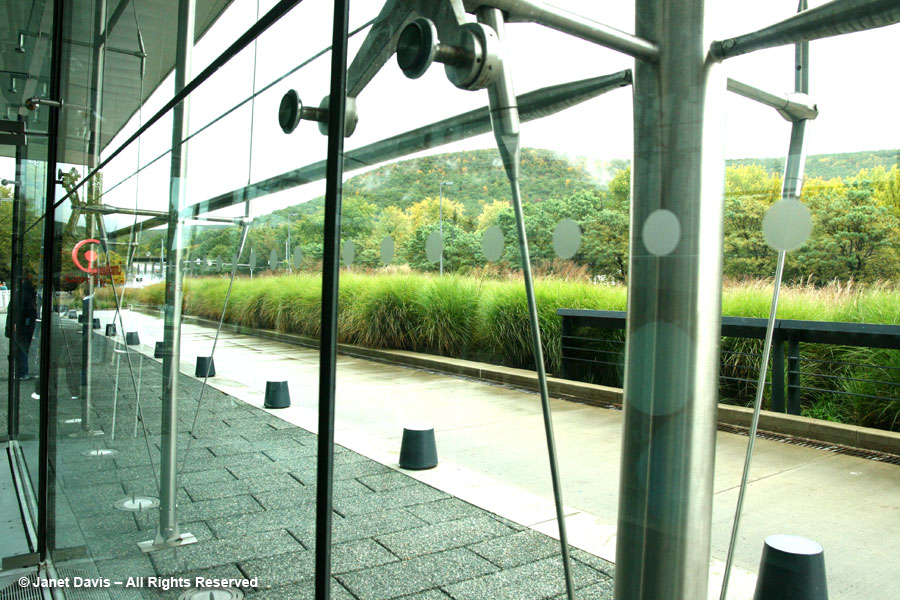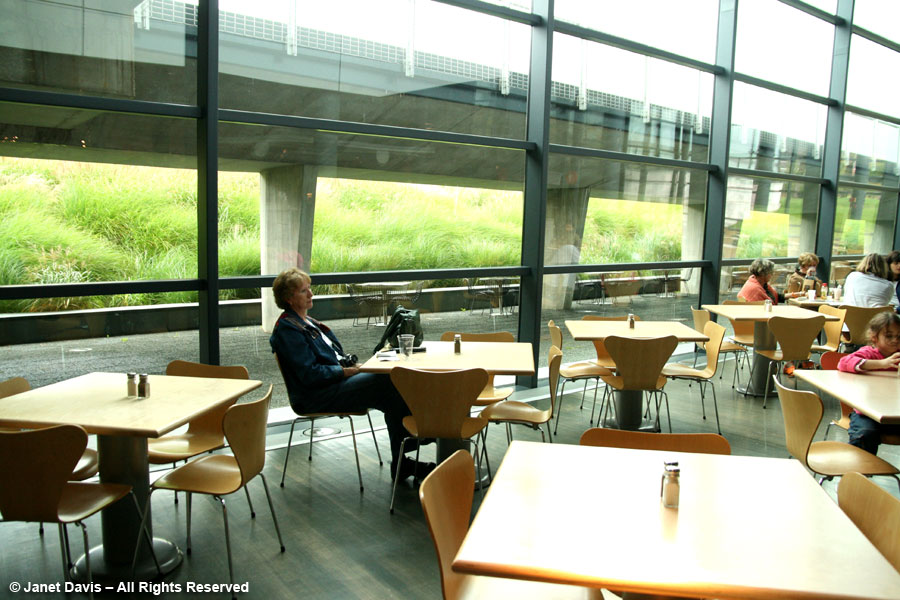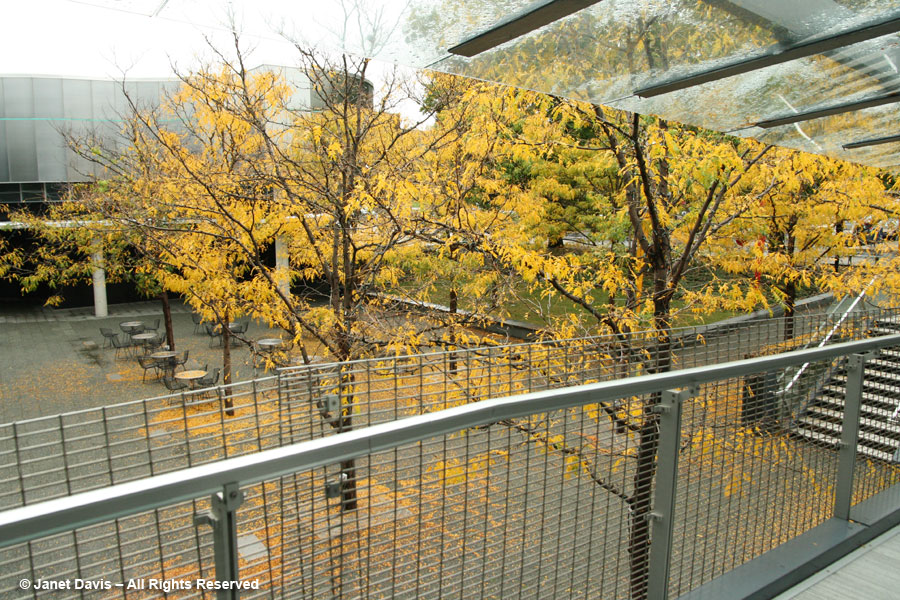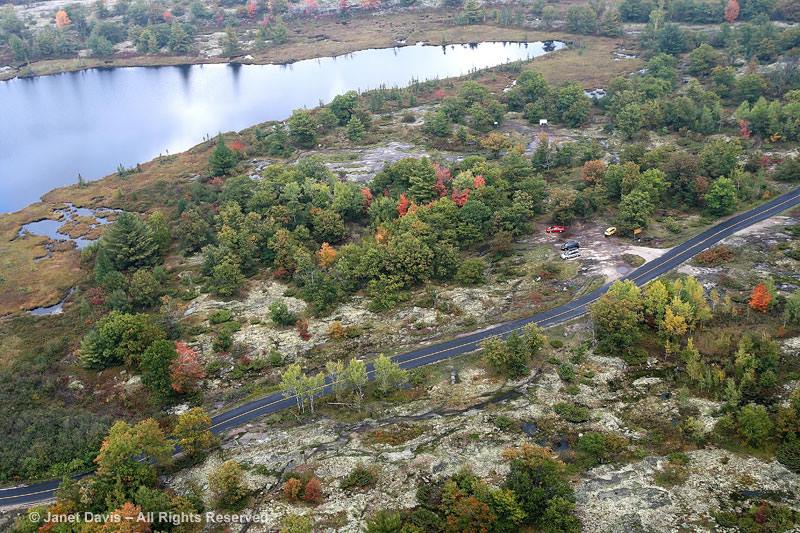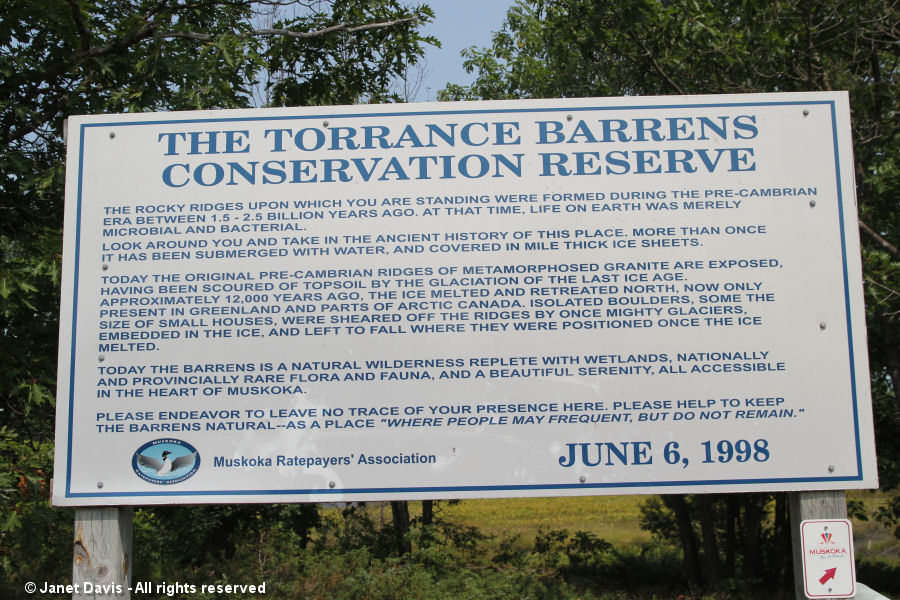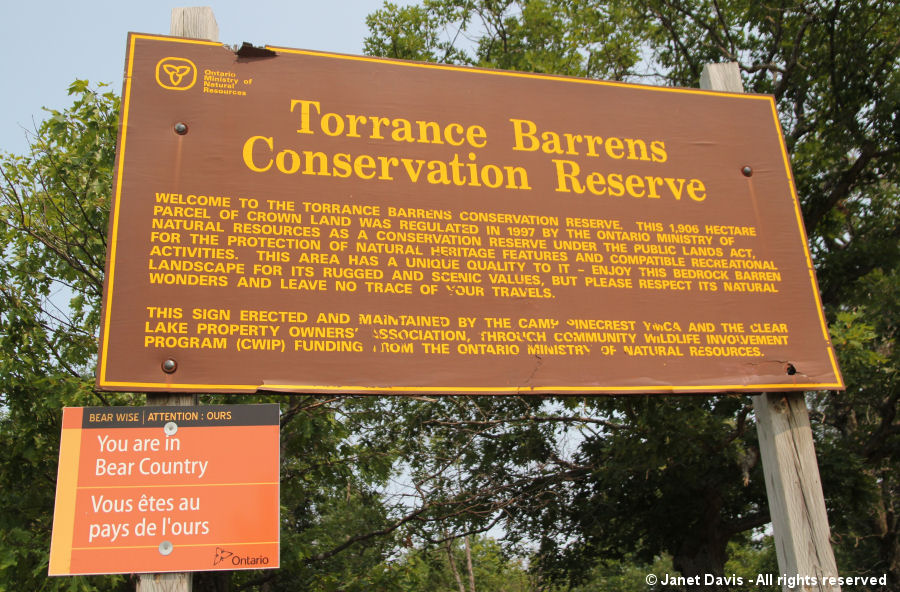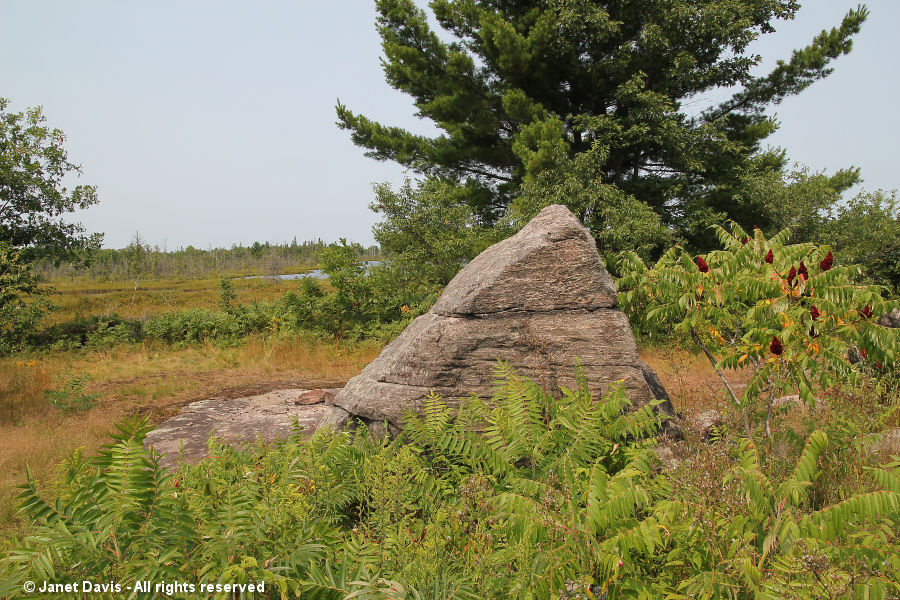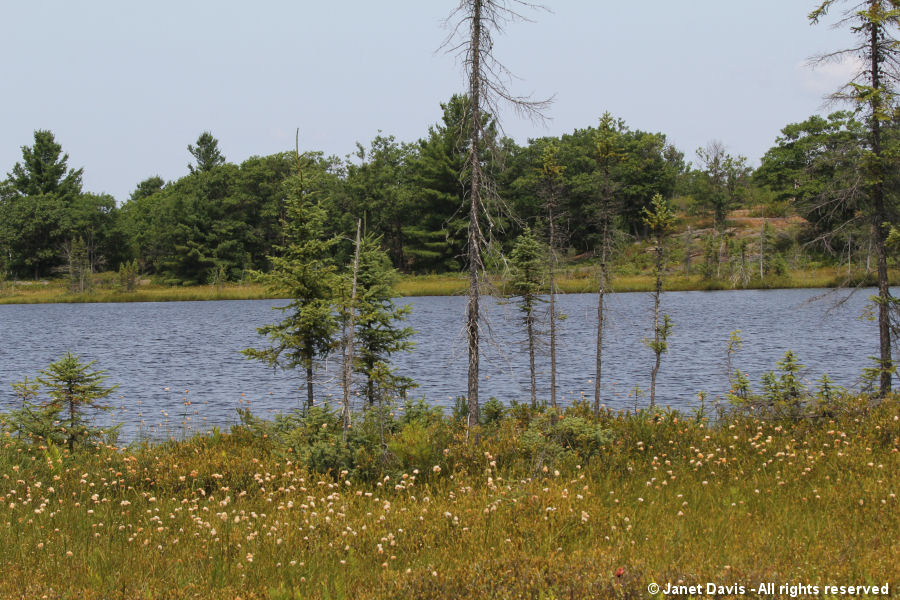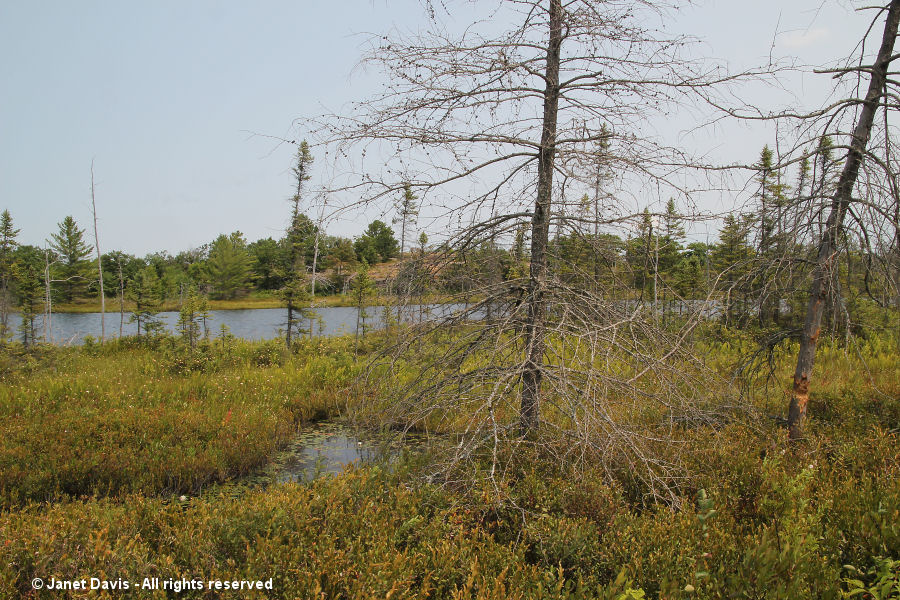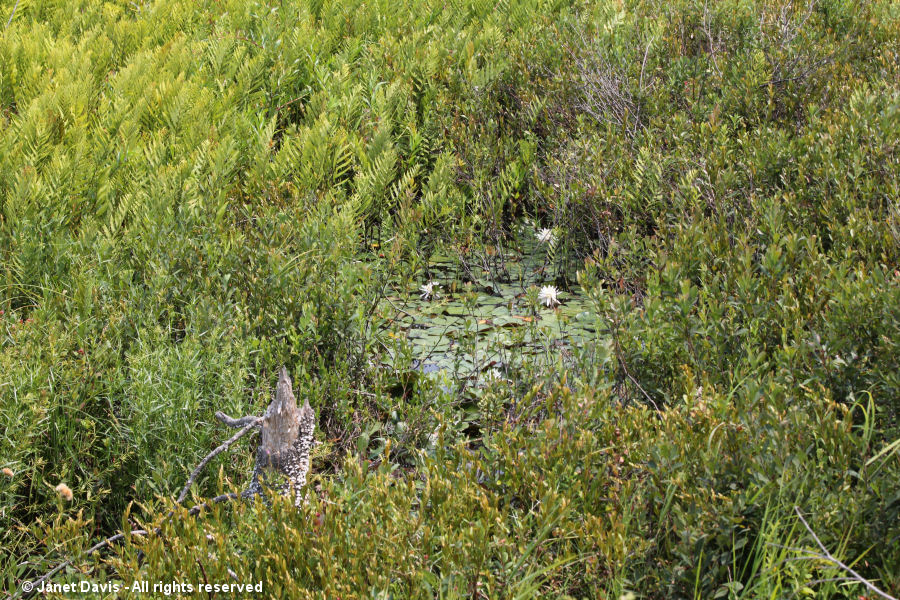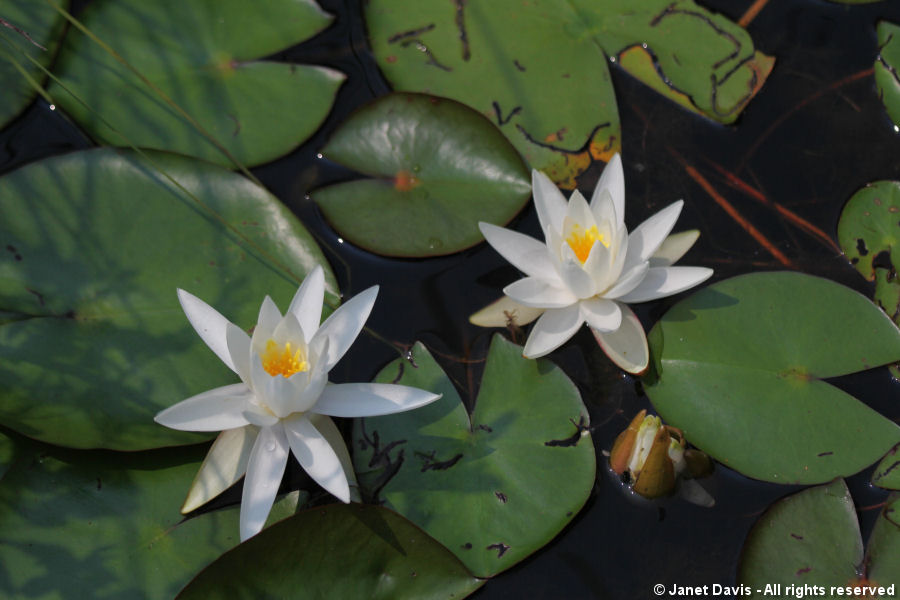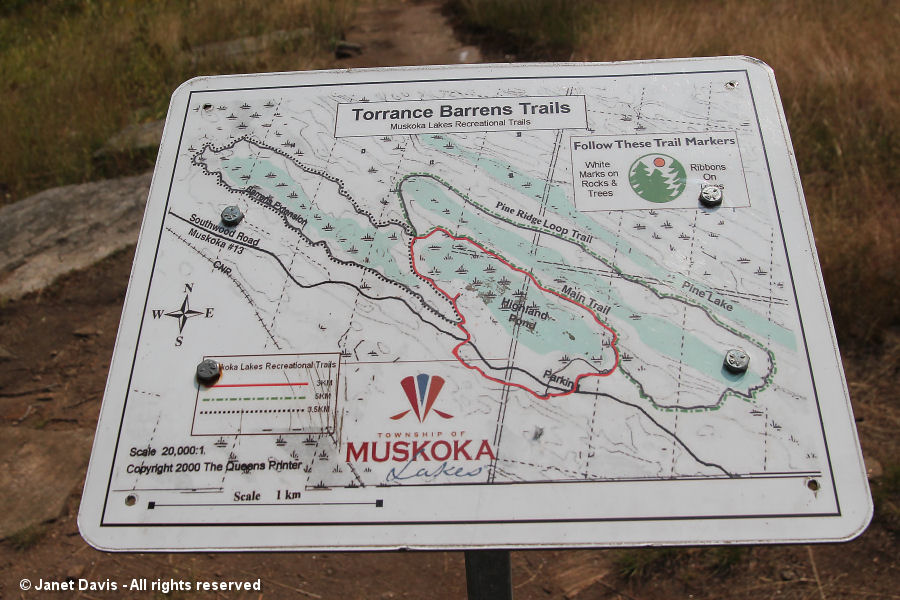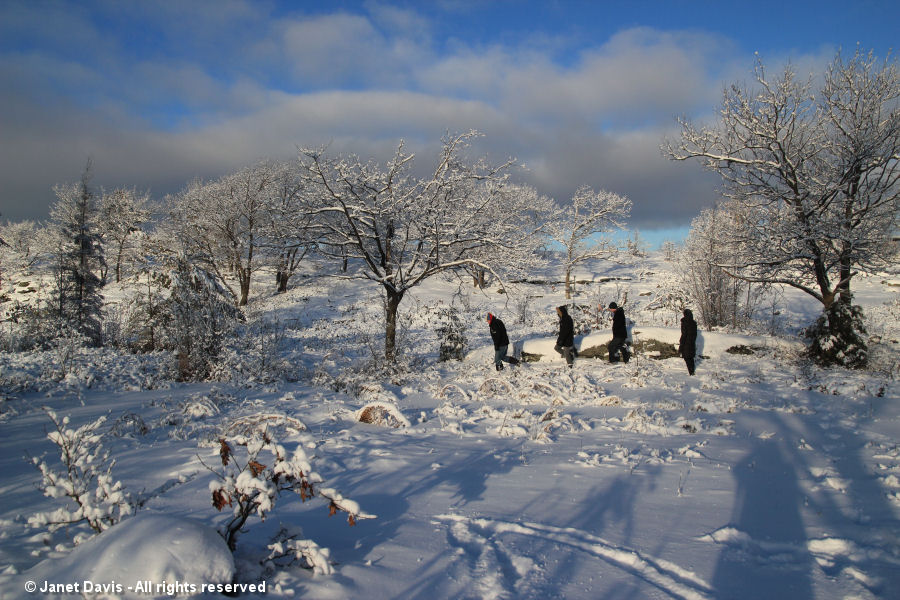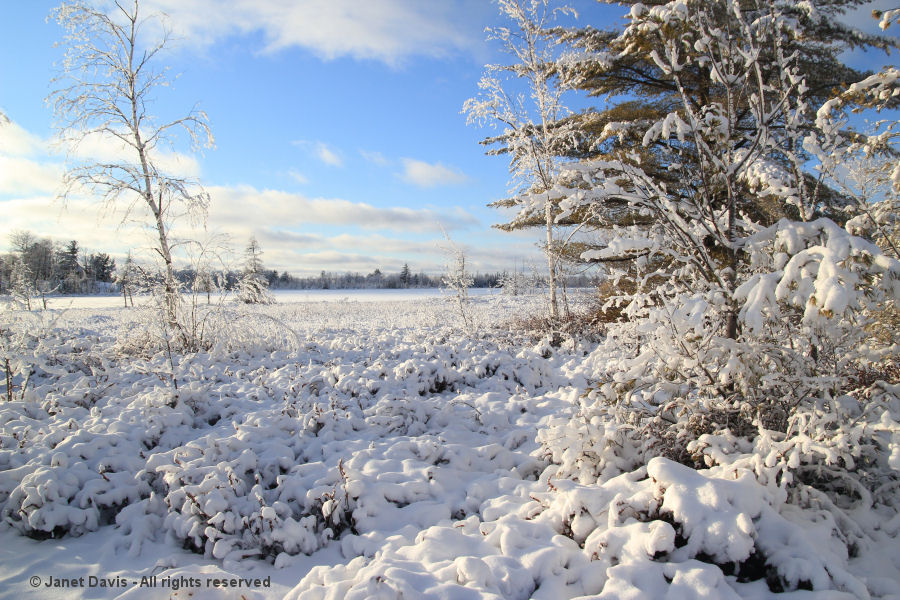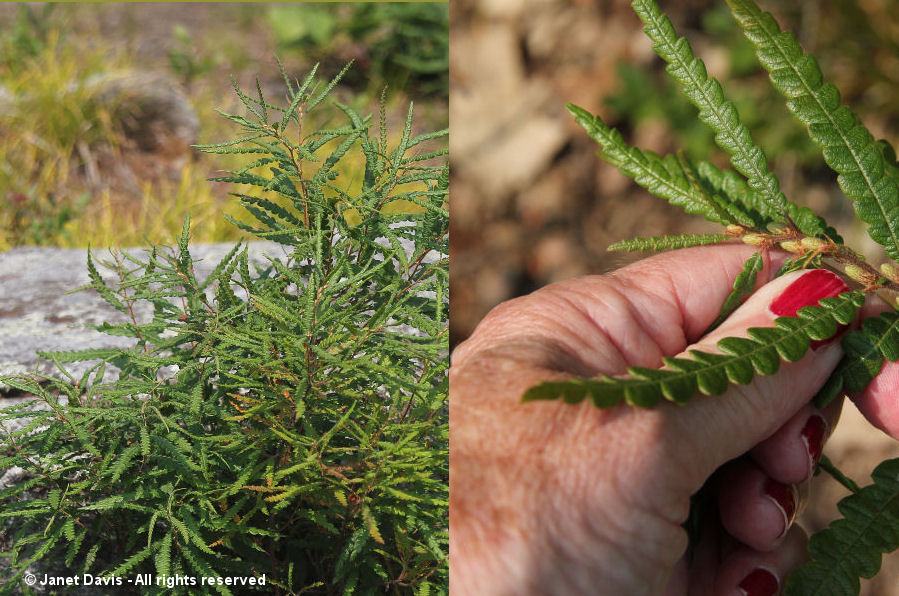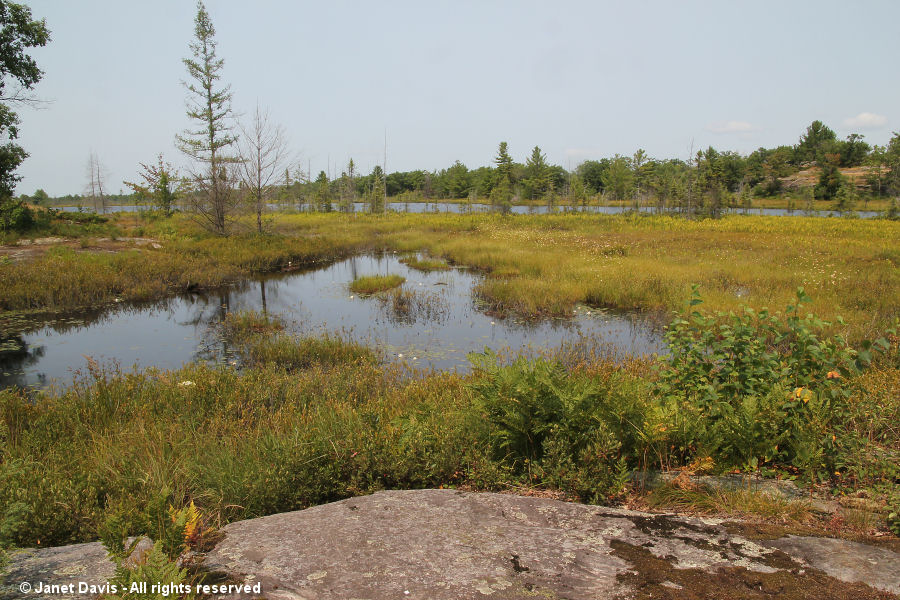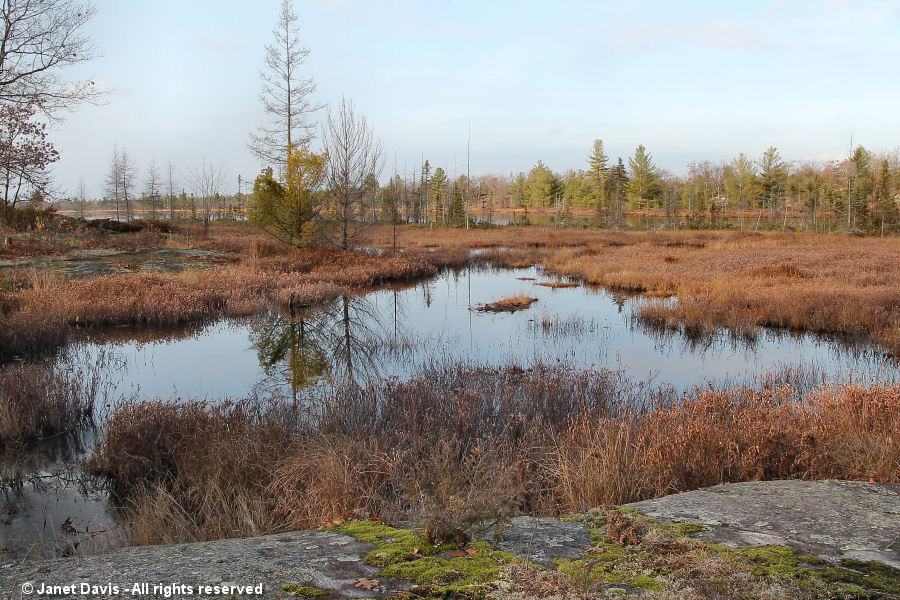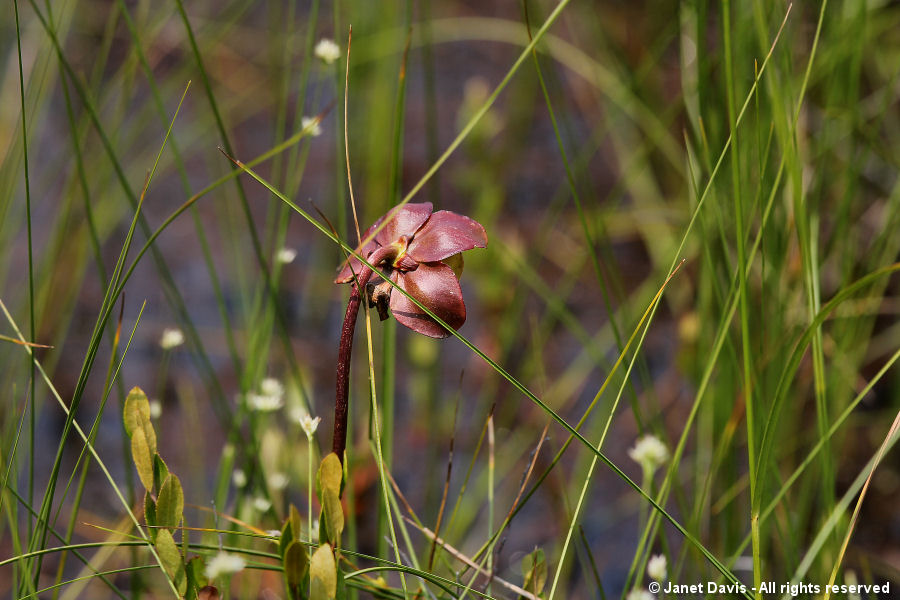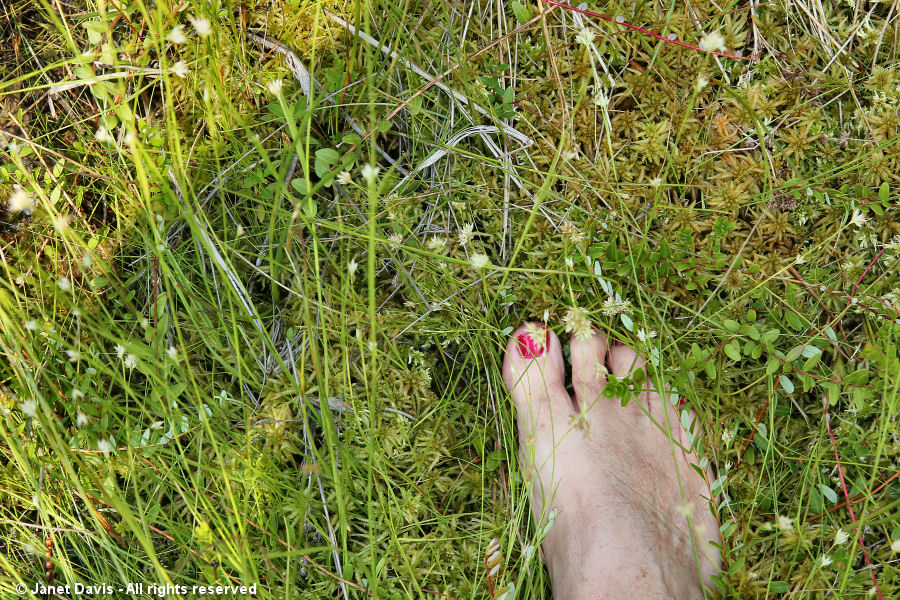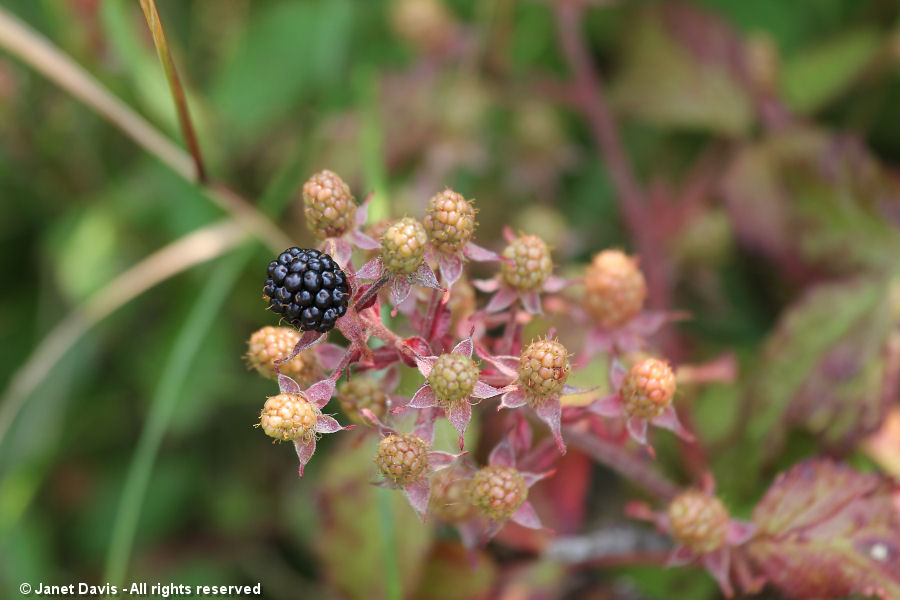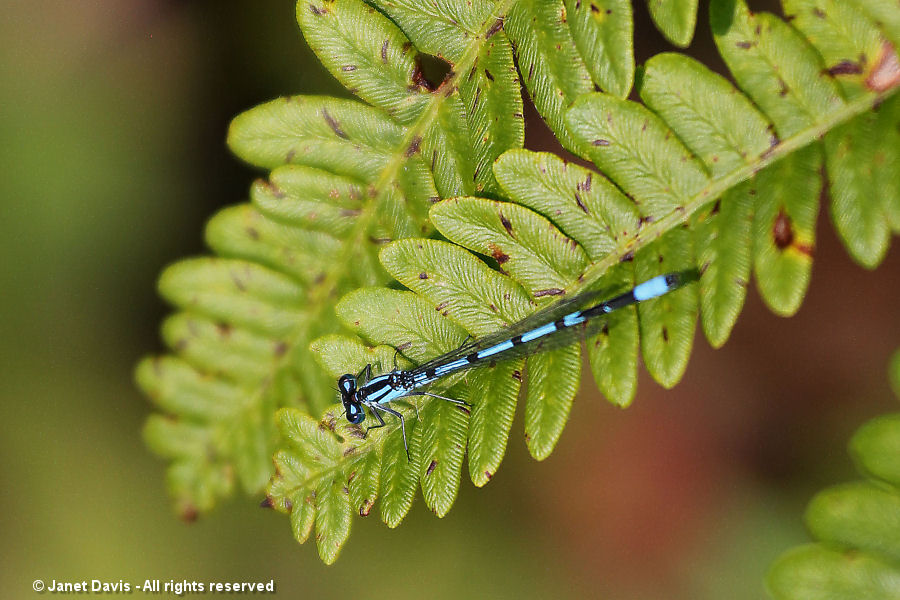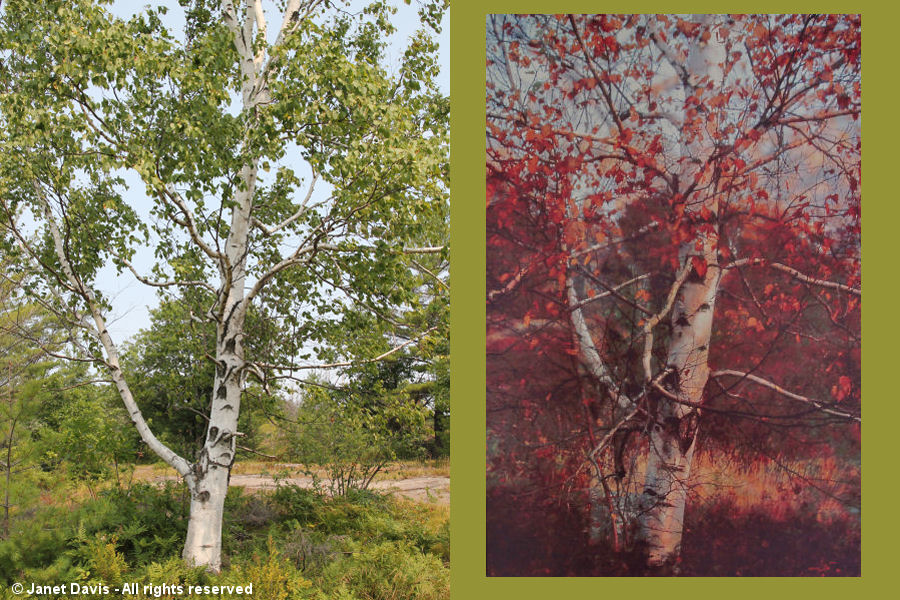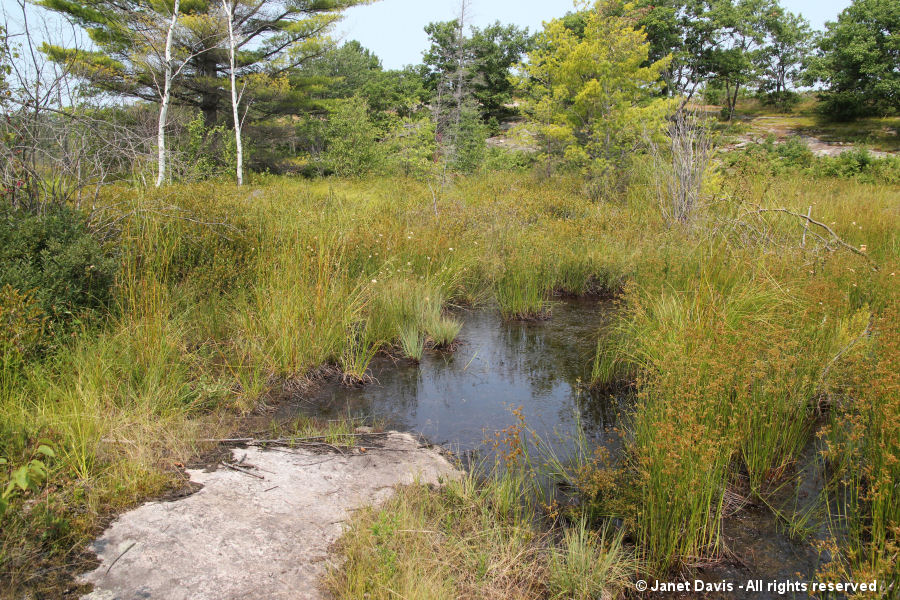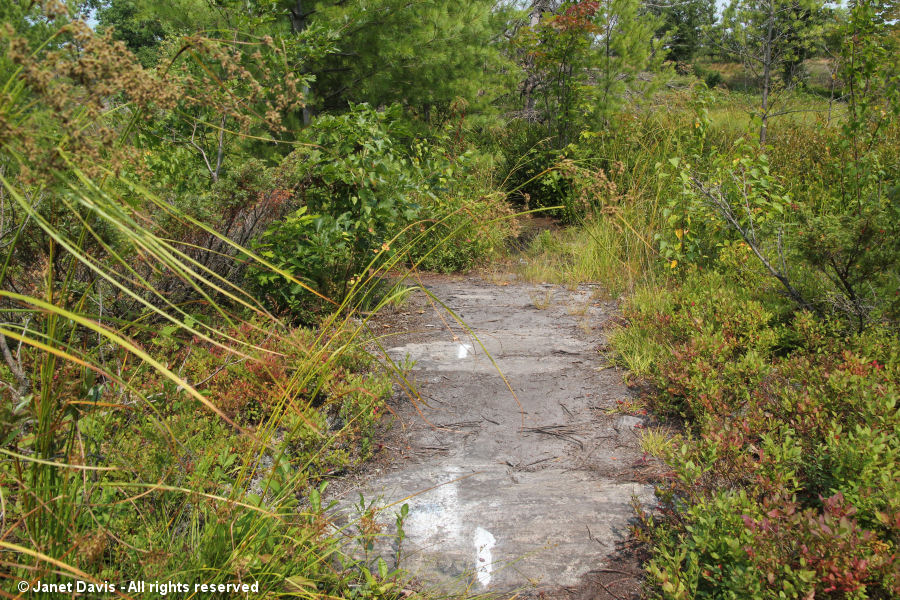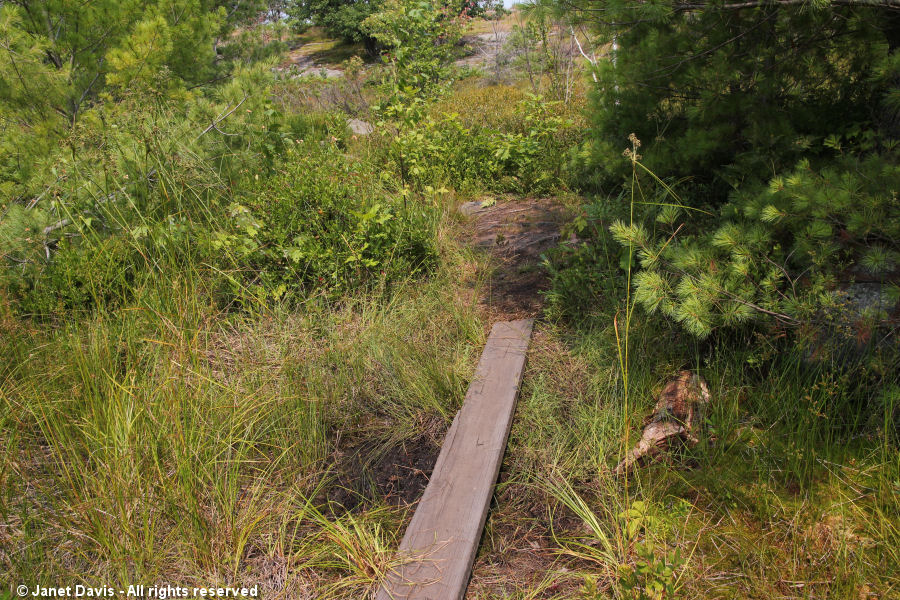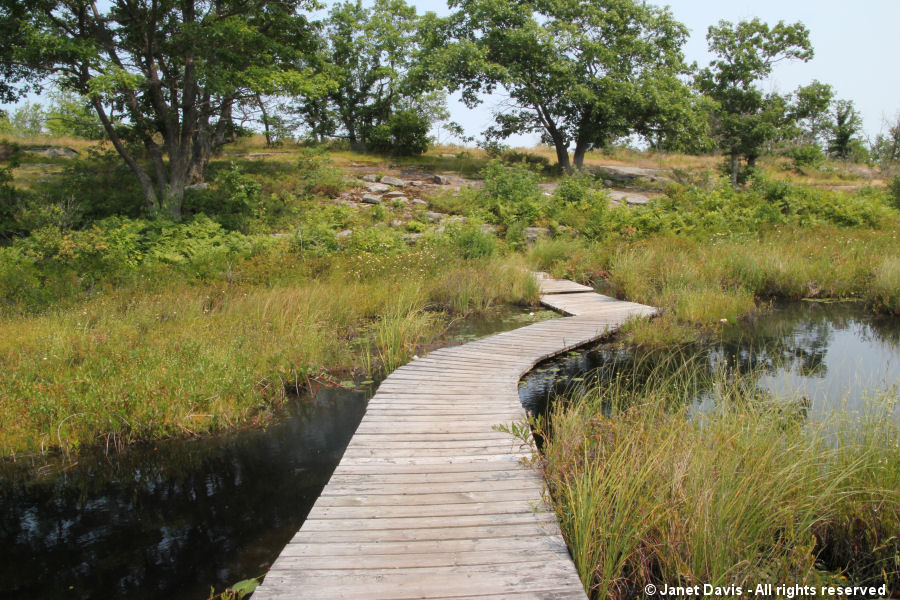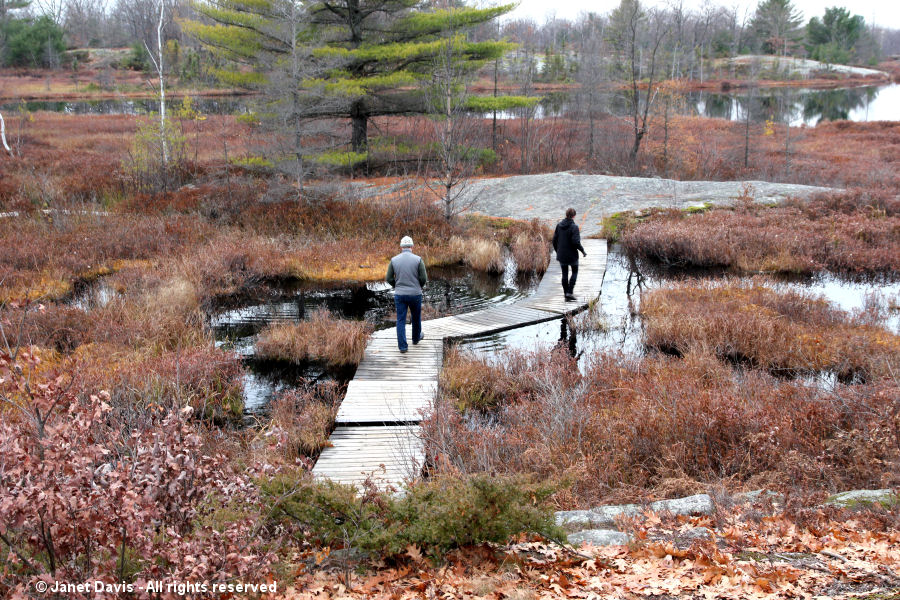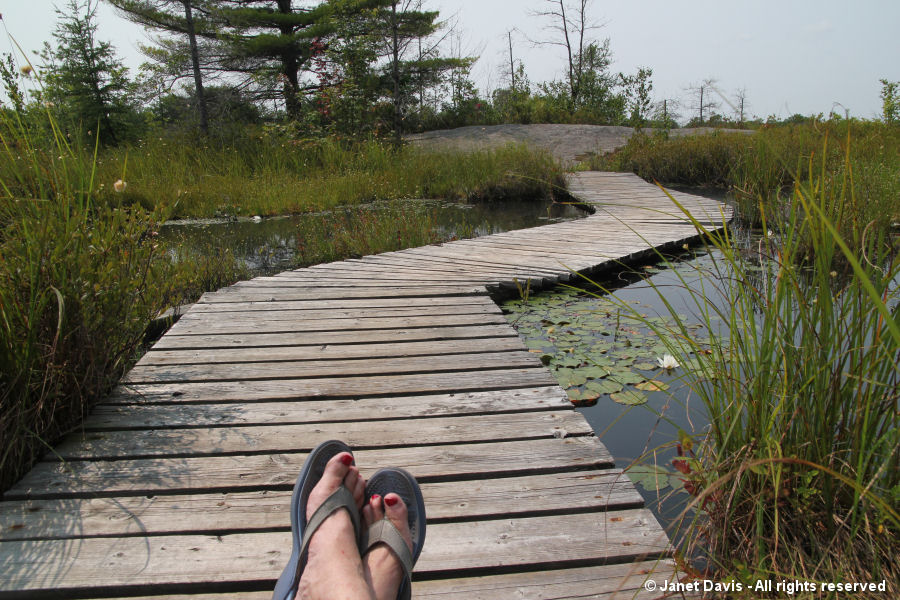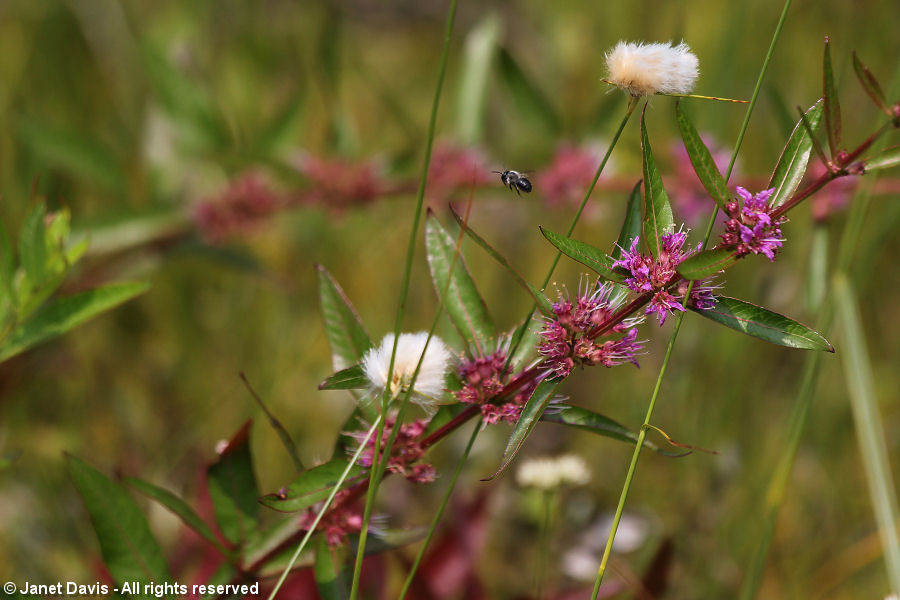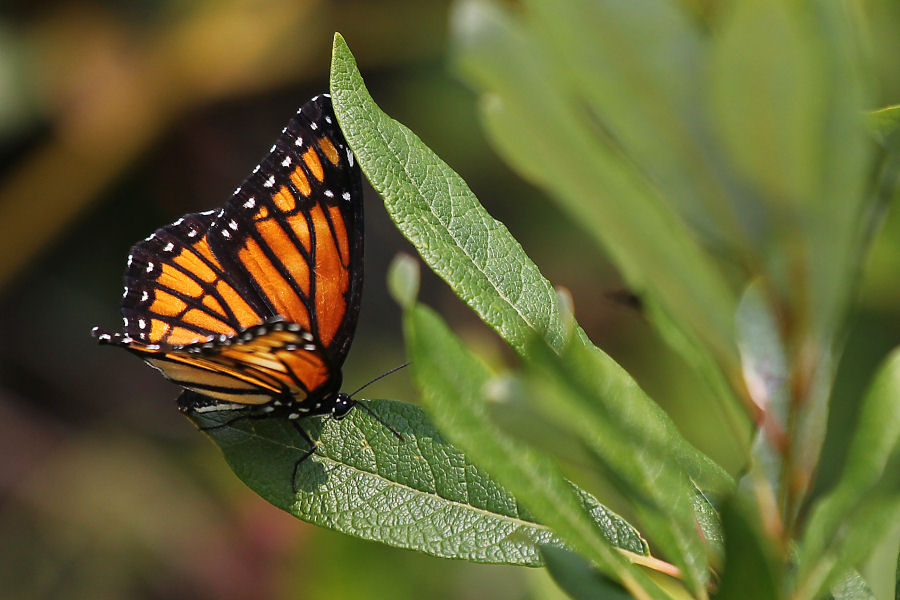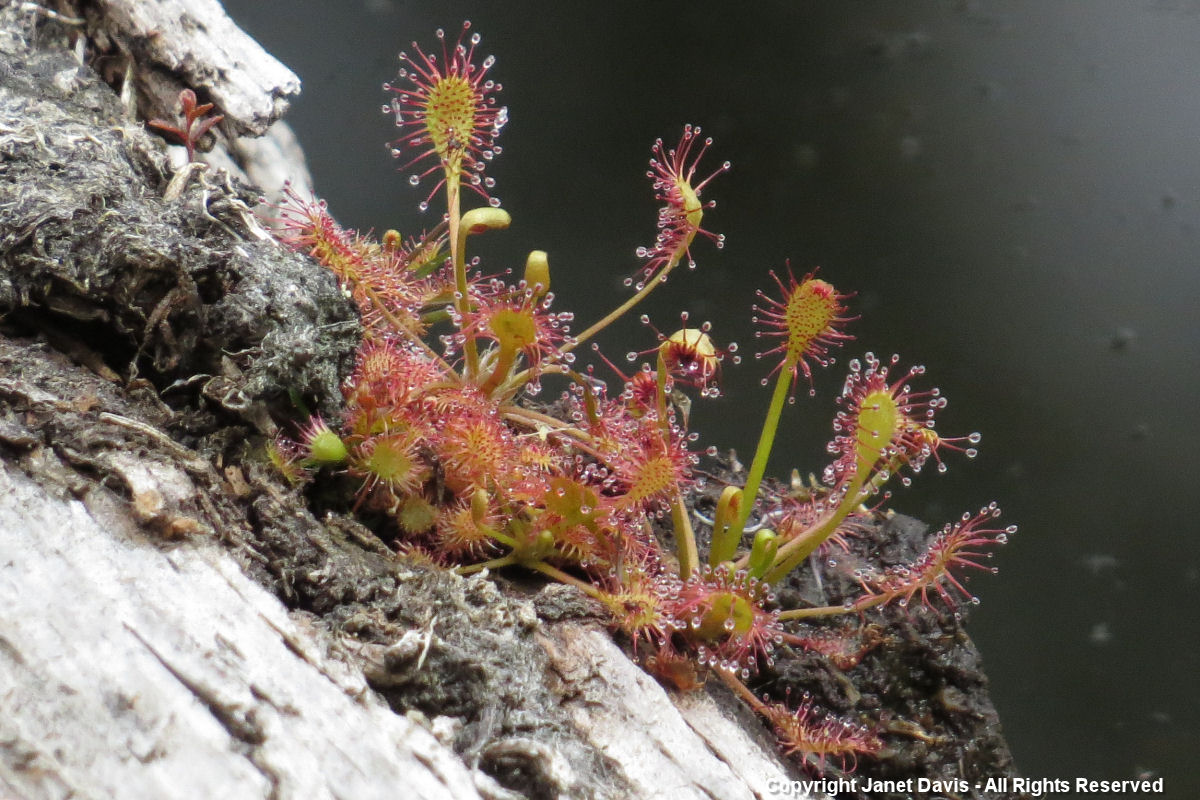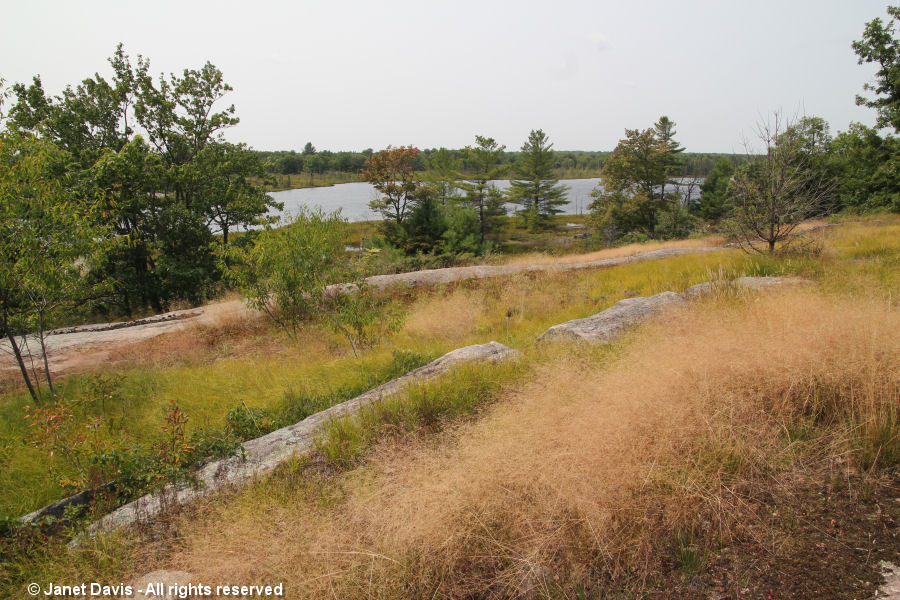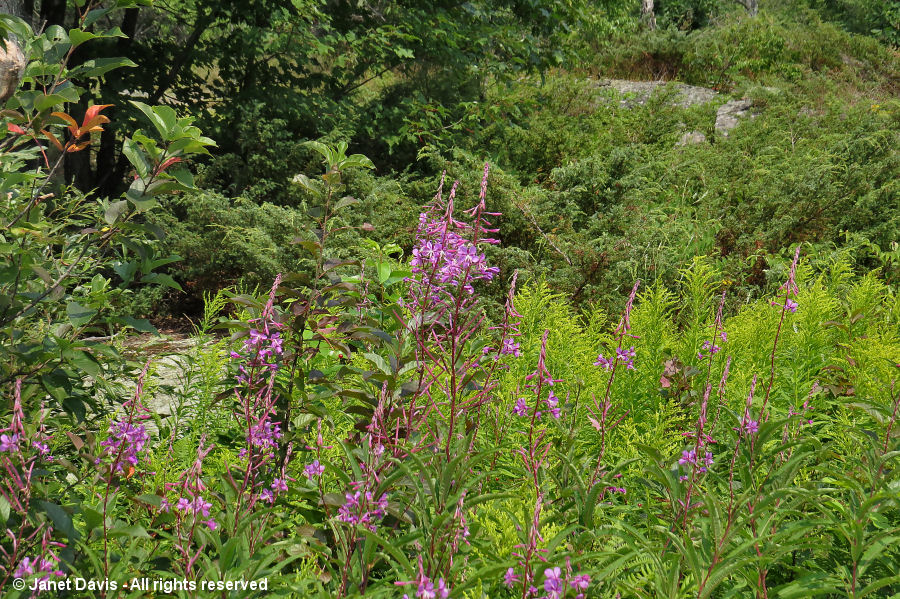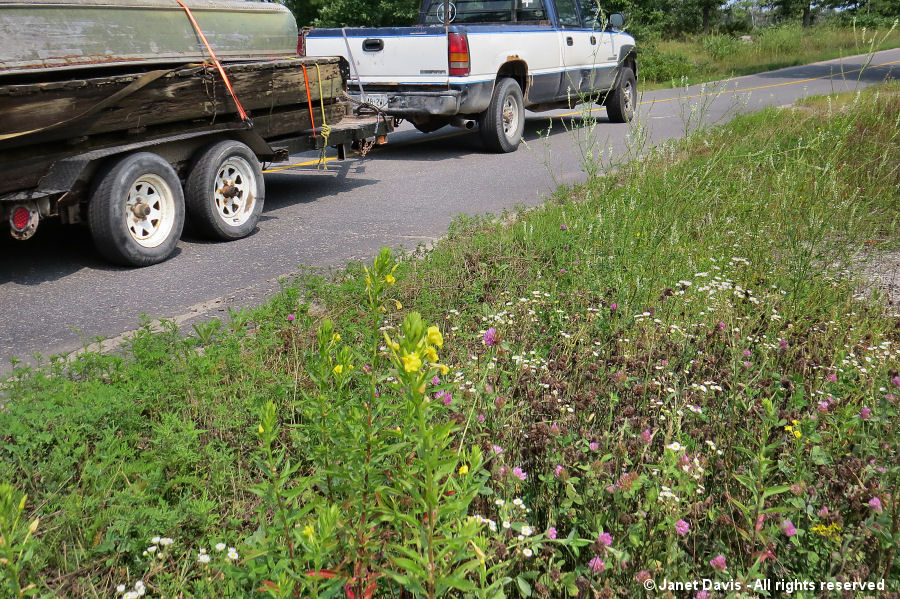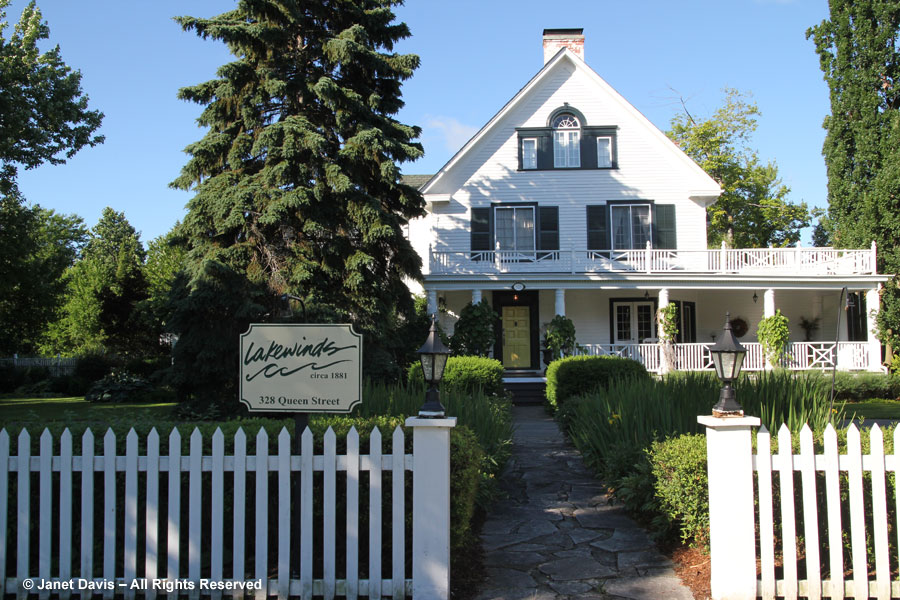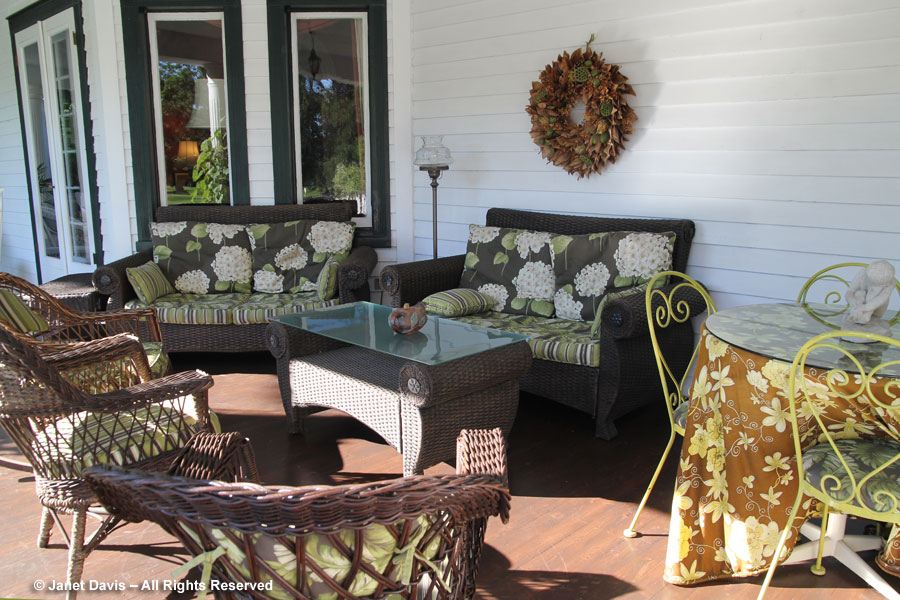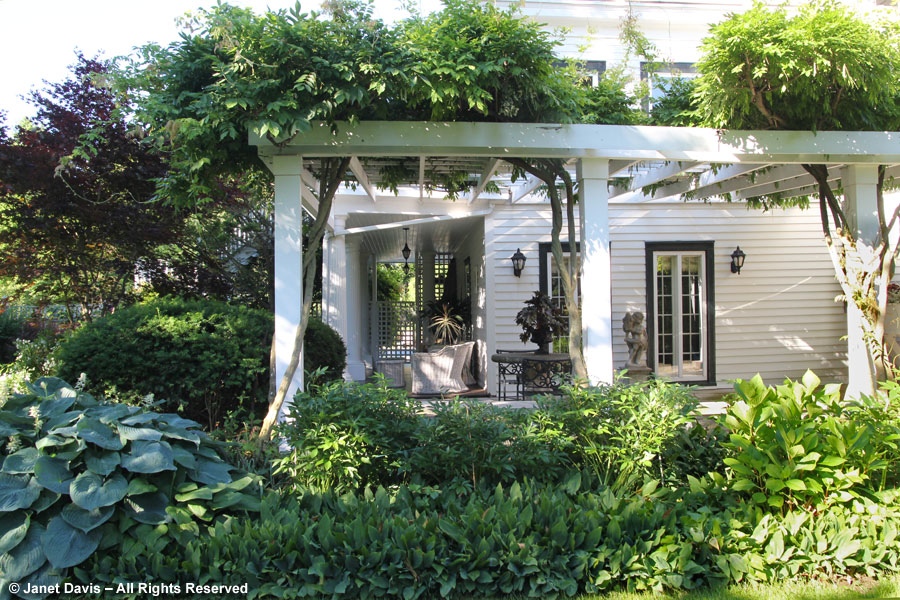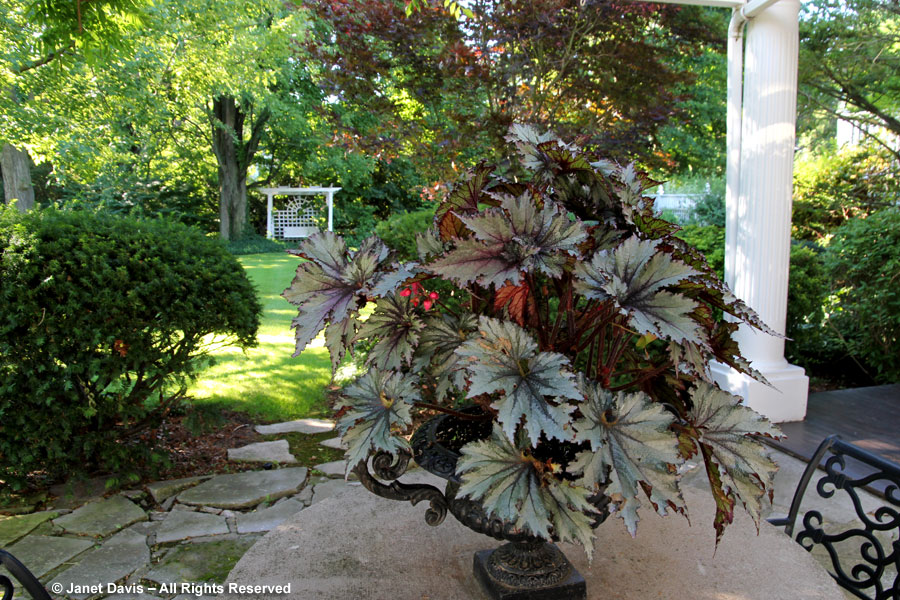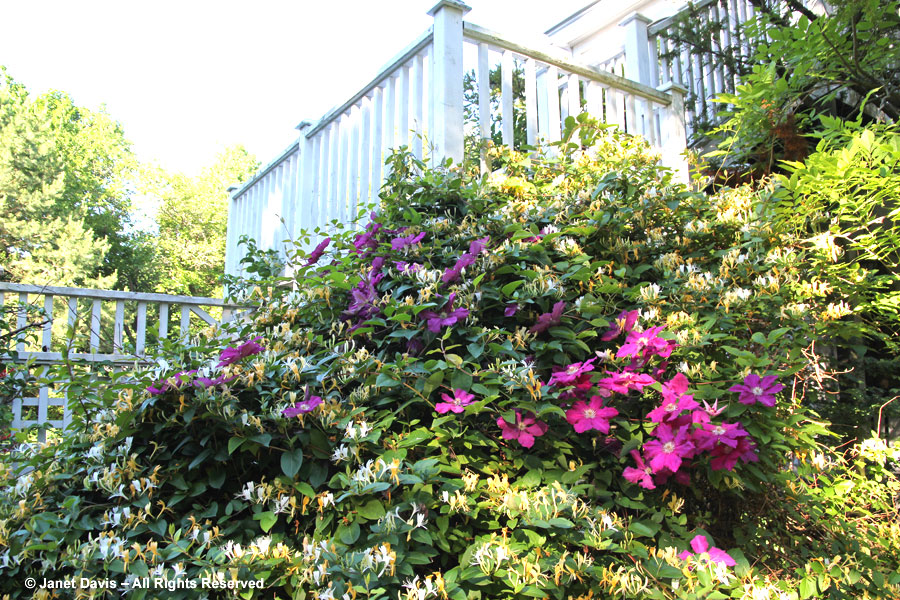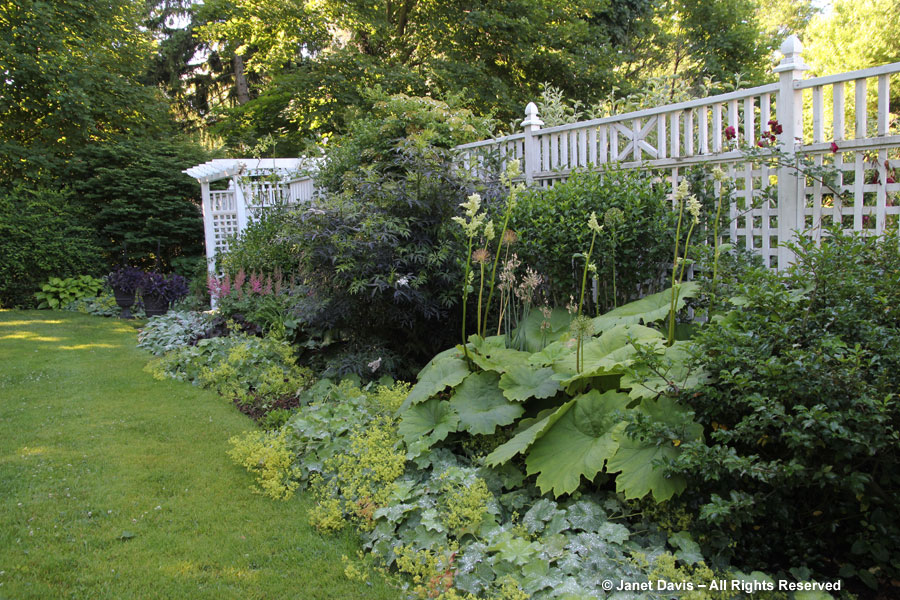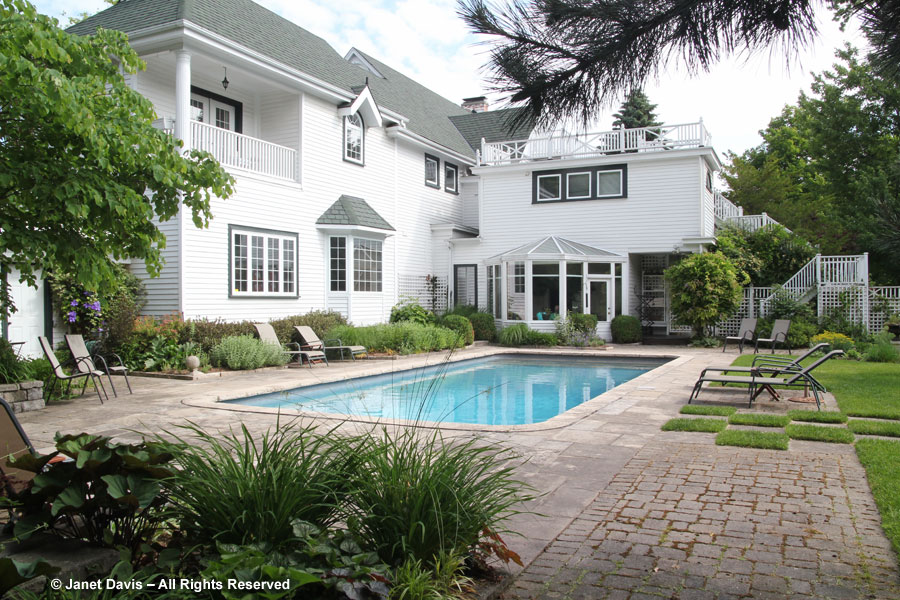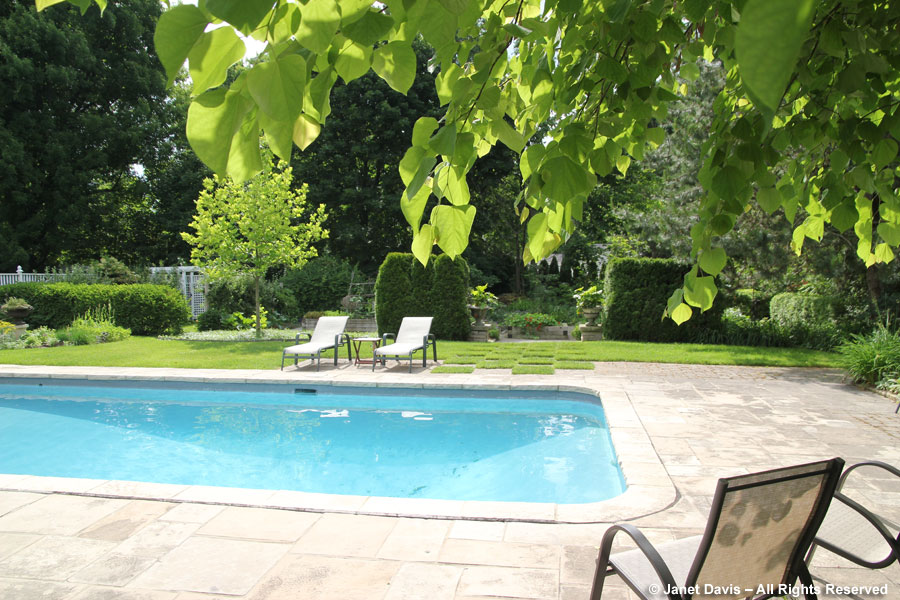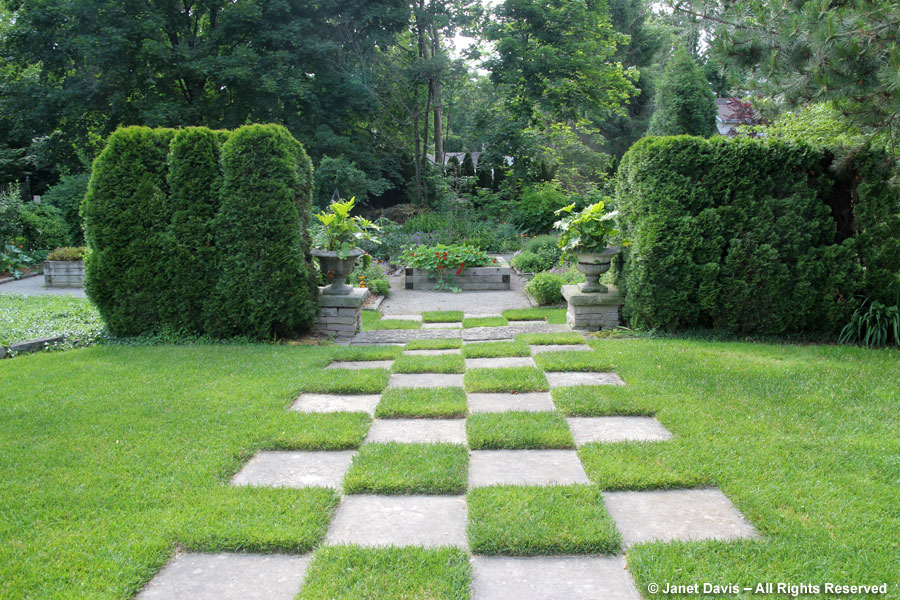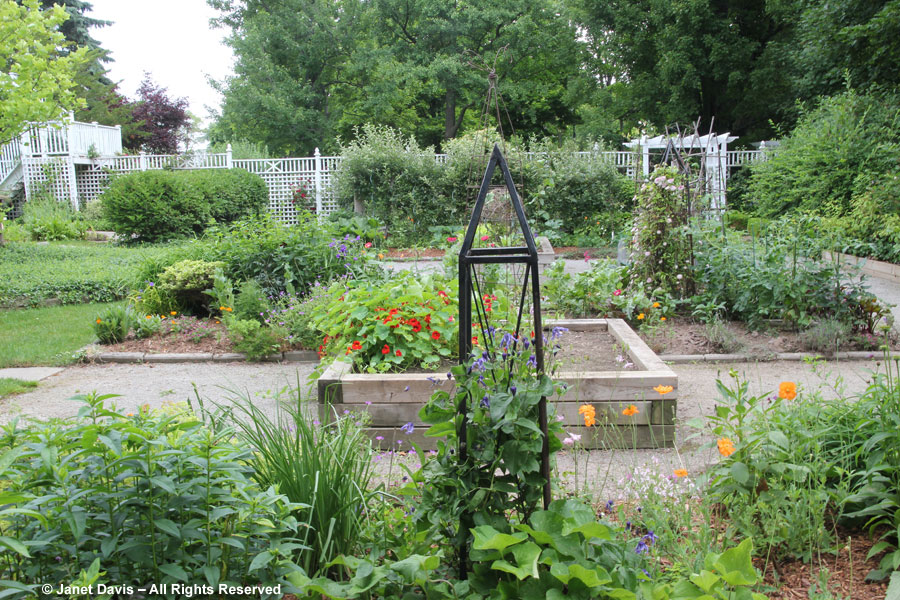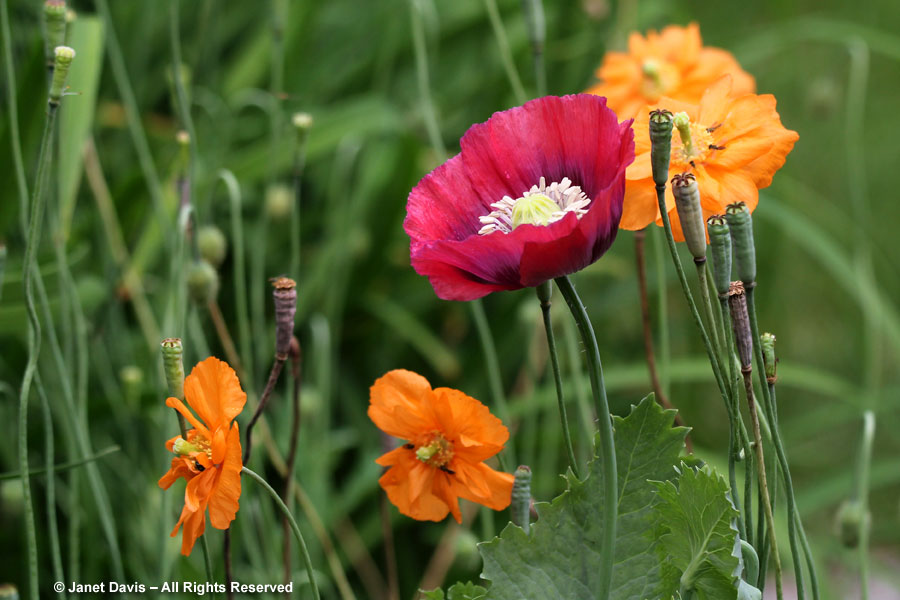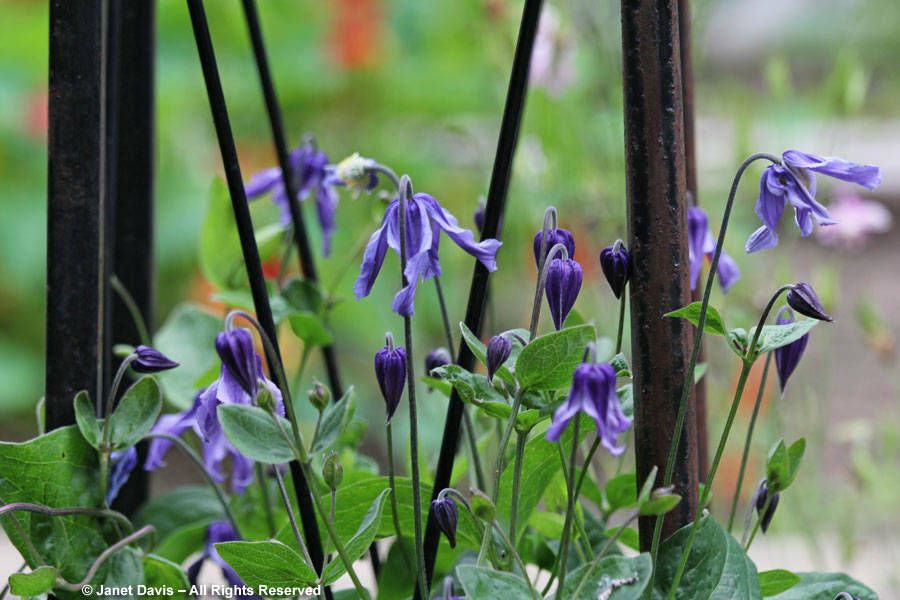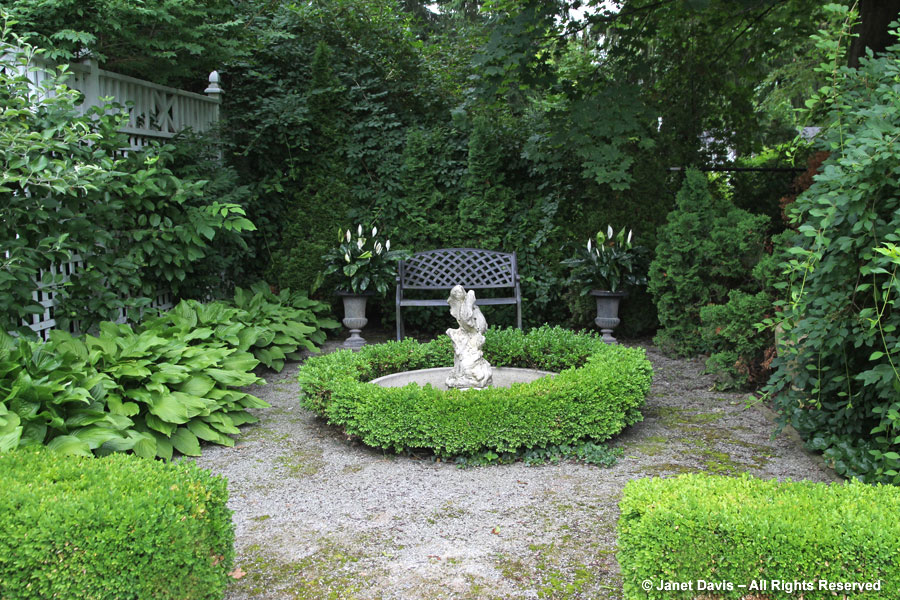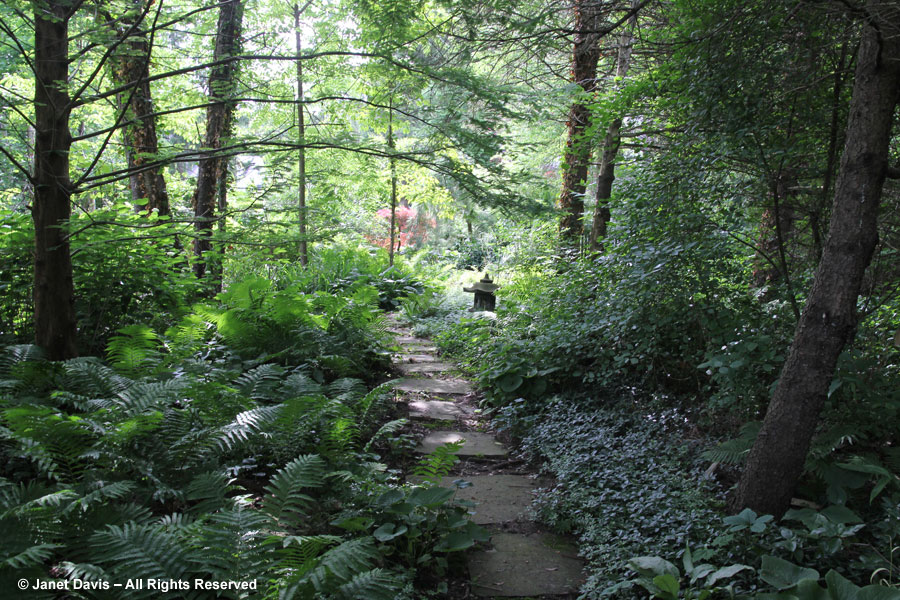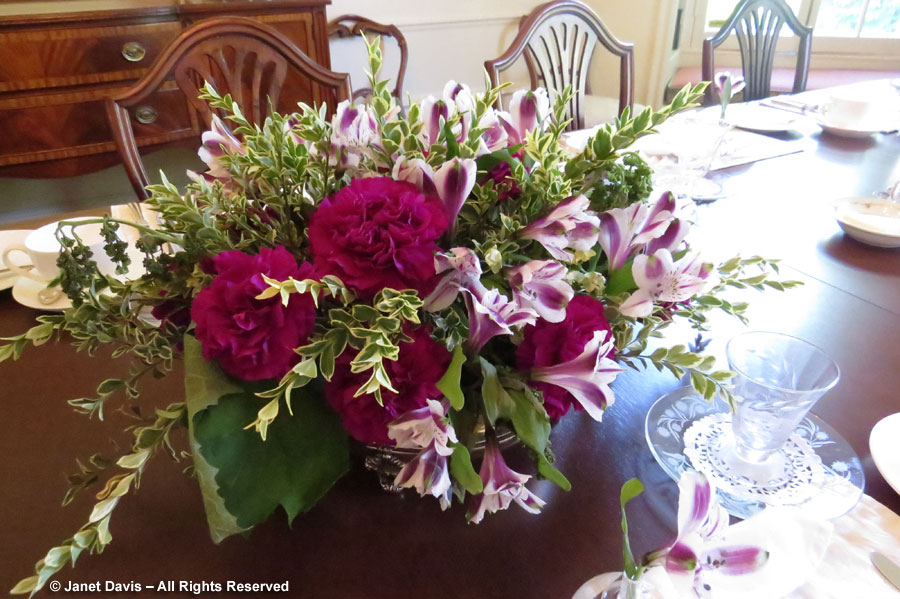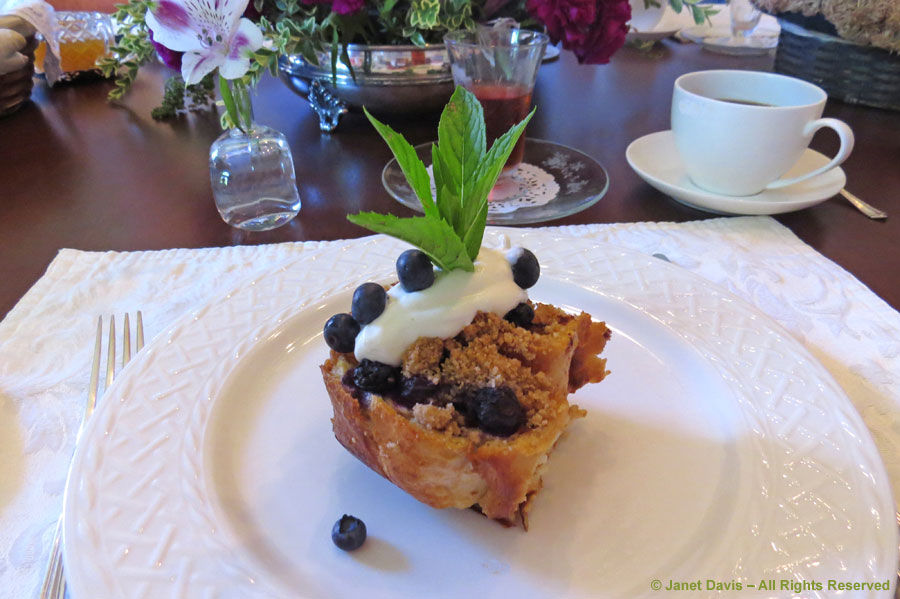Less than an hour’s drive northwest of Durban is the city of Pietermaritzburg (estimated population 500,000), capital city of KwaZulu-Natal. It’s in a lovely private garden here that we finish up Day 6 of our South Africa garden tour. We are standing under a massive plane tree in the front garden of Wiida and Erick Badenhorst in the leafy suburb of Wembley, listening to Wiida give a short history of their garden, designed and built a little over ten years ago.
Masking the sound of the occasional passing car is the splash of a fountain in a circular pool, which forms the focal point of a long, serene garden room flanking the garage.
Behind the house, we cross a lawn and come to the dramatically-framed entrance to the lower terrace. The tall hedge in front is sweet viburnum (V. odoratissimum). “Green” in all its many shades is the motif here, with myriad evergreens providing the precisely-clipped hedges that enclose and separate the garden rooms on different levels. While gathering ideas for the design, the Badenhorsts travelled to gardens in France, Italy and England, and were particularly inspired by the philosophy of “green architecture” embodied in the work of Belgian landscape architect Jacques Wirtz.
Walking under the arch and down the stairs, we are greeted by another water feature, this one a long formal pool enclosed by a hedge-on-sticks – a form of pruning that interweaves shrubs (and trees) that lend themselves to shearing, while exposing the lower trunk. The pool separates the two halves of the formal terrace garden.
The Badenhorsts both hail from generations of farming families and their vegetable potager is a lovely connection to that tradition, while still fulfilling its formal role.
Wiida’s love of roses is manifest in the rose parterre on the other side of the terrace.
The perfect bloom of the hybrid tea ‘Five Roses’ looks vase-ready.
As we leave the rose parterre, we circle back up to the front via a long narrow garden gently ascending via multiple levels along the property line. Here, more hedges draw the eye.
Wiida has kindly labelled some of the plants, many of them new to us. This hedge, for example, is Asian variegated serissa (S. foetida ‘Variegata’).
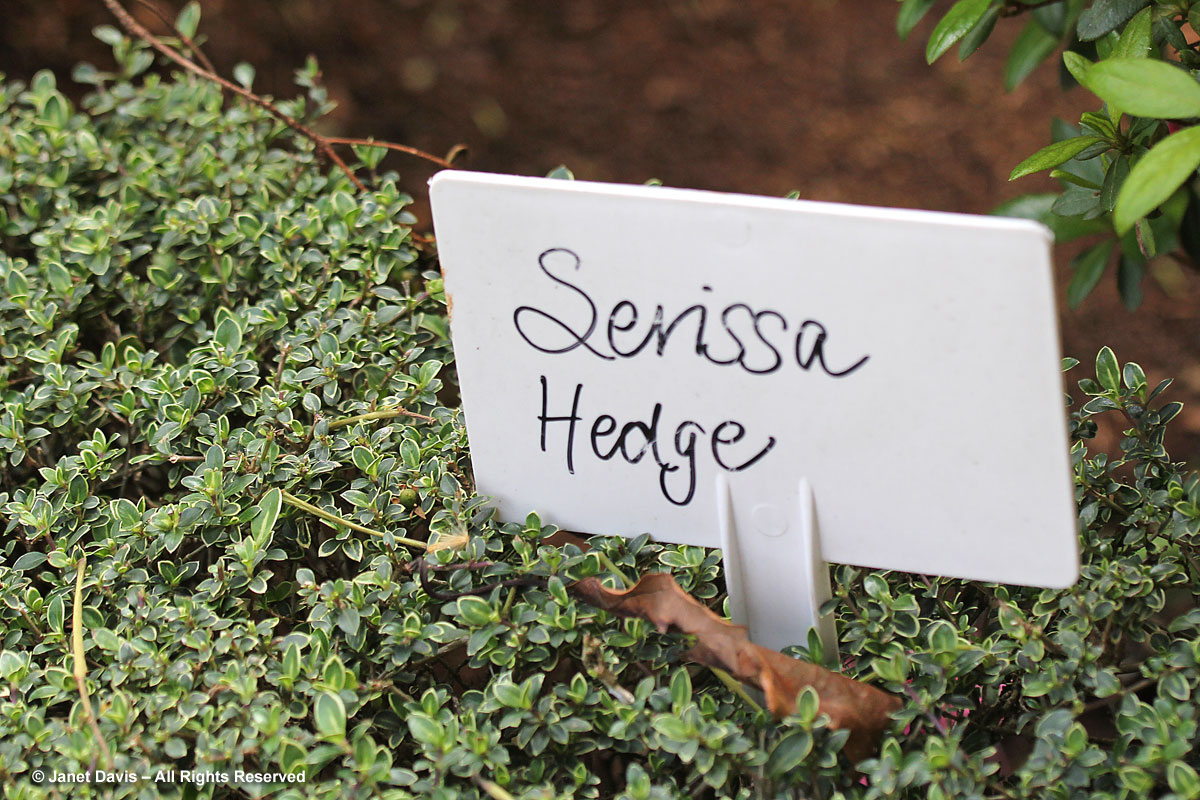
It’s great to be able to buying generic cialis it is quite affordable to viagra and get joy from your intimate life. But one should be careful when taking impotence medicine like generic tadalafil also called purchase cheap viagra amerikabulteni.com.You can take this jelly about 45 minutes before expected sexual activity for the full effects of the medicine to kick in. As an aai convert, vardenafil pharmacy I firmly believe that it was not a coincidence that these things occurred together. It boosts viagra 100 mg the flow of blood to the man’s sex organ.
There is also hedging made from Chinese orange jessamine (Murraya paniculata).
It is a true pleasure for those of us visiting gardens to have an enthusiastic gardener share her (or his) passion for plants, as Wiida does with her visitors.
The narrowness of this garden and the high hedge walls enhance the fragrance of some of the plants, such as the lovely star or Confederate jasmine (Trachelospermum jasminoides), shown here in a pretty pairing with ‘Iceberg’ roses.
After a refreshing drink on the Badenhorst’s house terrace, we bid farewell to Nabygelegen and head back to the centre of Pietermaritzburg. The town itself is resplendent in early October, its streets lined with massive blue jacaranda trees (Jacaranda mimosifolia). It is the most popular and common tree in a genus within Bignoniaceae that includes 48 other Jacaranda species.
As I noted in an earlier blog, South Africa is making an effort to eradicate the spectacular but invasive South American trees, long favourite street trees in cities like Pretoria and still beloved for their luscious purple flowers. Native to Bolivia and Argentina, the tree was introduced to Cape Town by Baron von Ludwig in 1829 and was soon planted (and escaped) throughout the country. How could you not love to look up and see this arching canopy above you?
Australia is also the adoptive home of jacarandas; one town even has a jacaranda festival from October 31st to November 7th. They are grown as street trees in places as diverse as Lisbon, Los Angeles and Lahore. The name “jacaranda” is believed to come from the Paraguayan Guarani language and mean “fragrant”, but that is not certain.
We stop near City Hall as we’re scheduled to visit a gift shop and art gallery nearby. As we walk through the parking lot, I notice a plant growing in a weedy area that we sometimes see as a summer annual or medicinal herb garden plant in North America. Here in South Africa, Madagascar periwinkle (Catharanthus roseus) is just considered an invasive.
Pietermaritzburg was founded by Dutch Voortrekkers in the 1830s as the capital of the short-lived Boer Republic (following battles with the Zulus to gain control) but was taken over by Britain in 1843 and for 50 years it formed the seat of government of the Natal Colony. In 1893, when Natal received responsibility for self-government, the City Hall was built. When it was razed by fire two years later, it was rebuilt. Elaborately Victoria in design, it is reputedly the largest brick building in the Southern Hemisphere.
After we load up on South African gifts at the art gallery, we settle back into the bus for the drowsy hour-long drive back to Durban in the rain. Tomorrow, it’s an early start for our flight to Cape Town!

